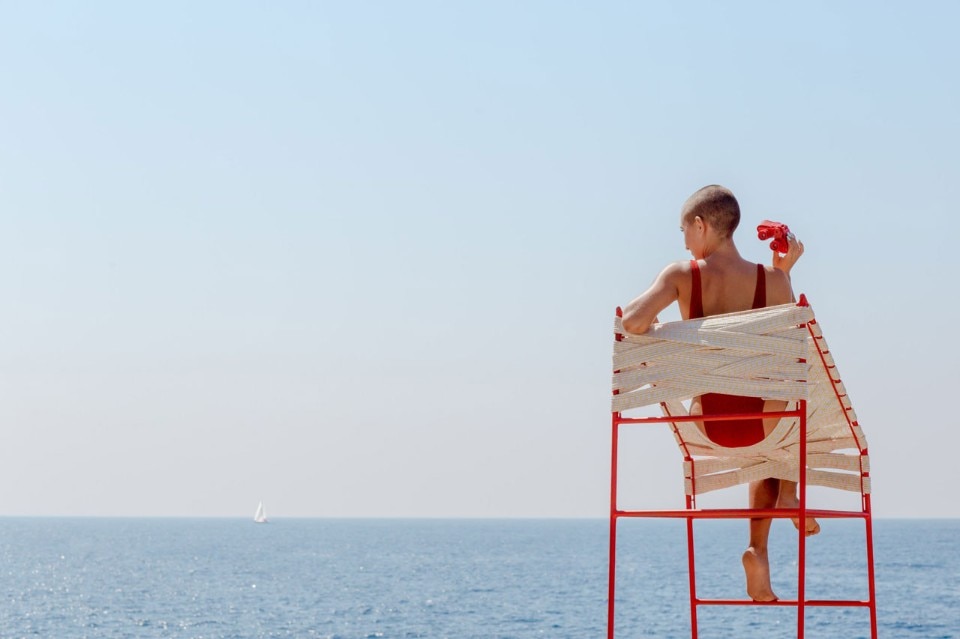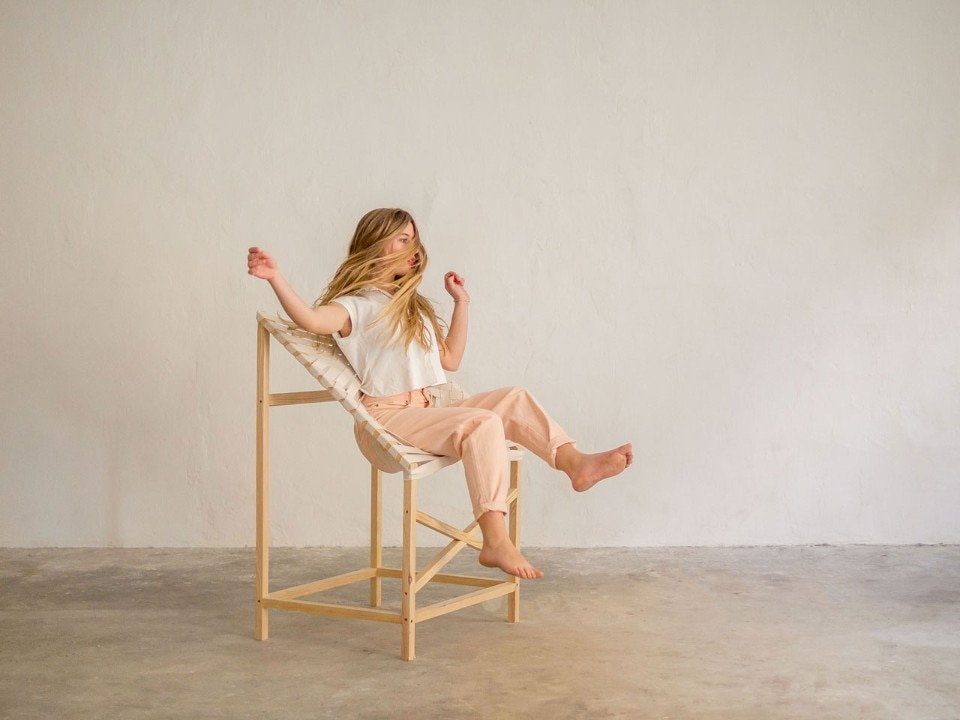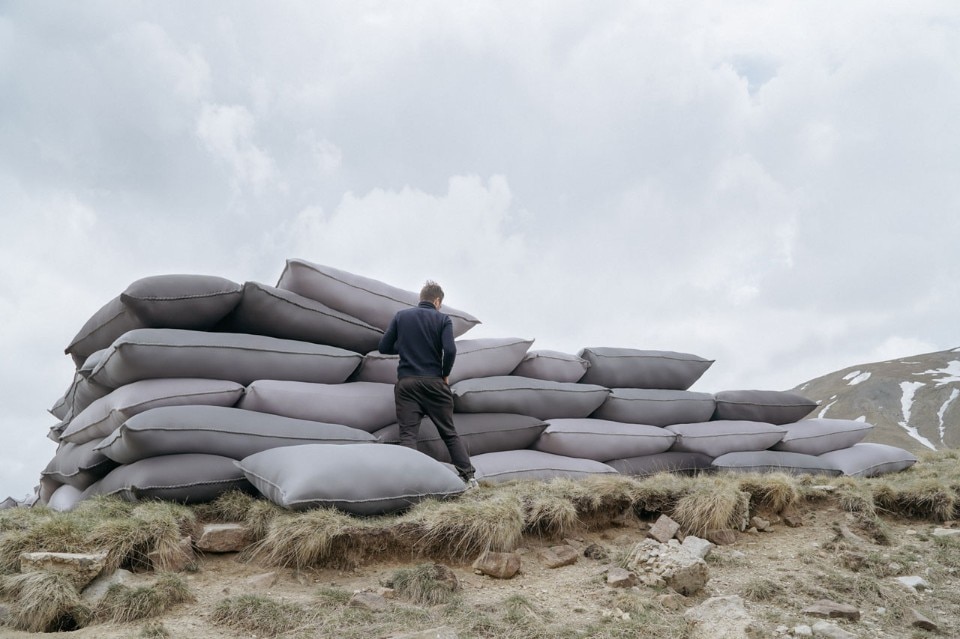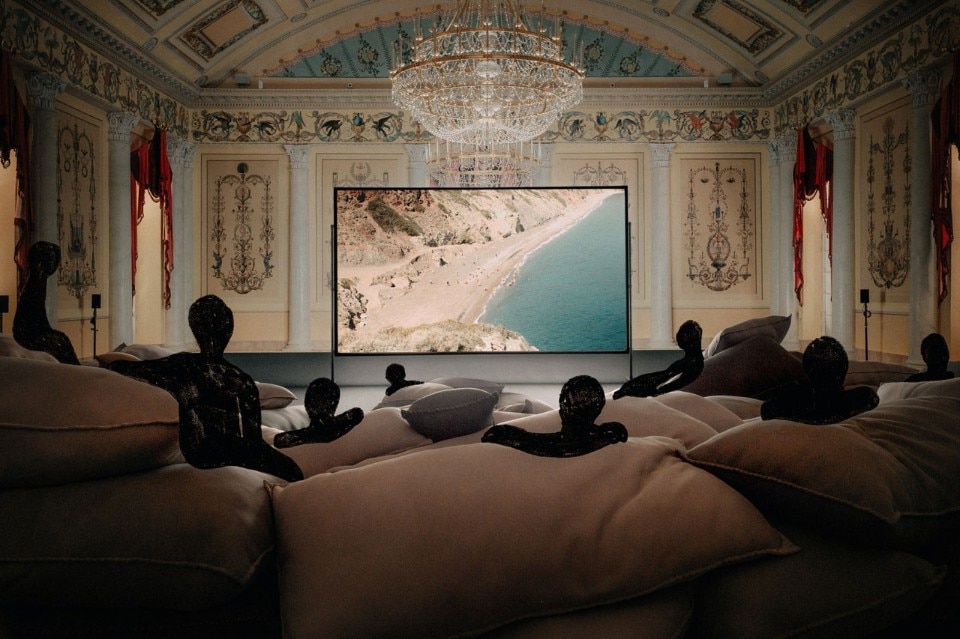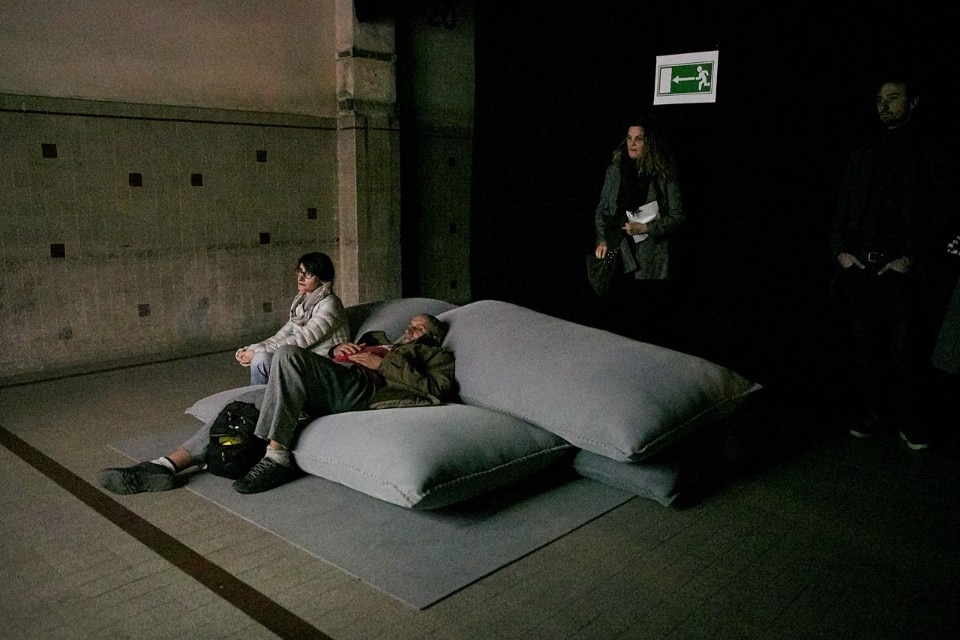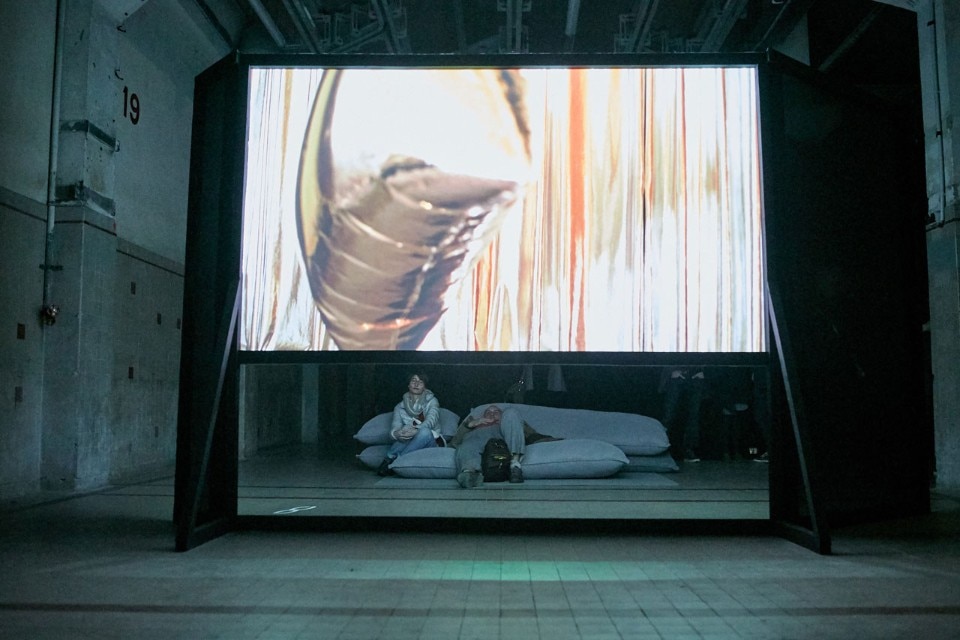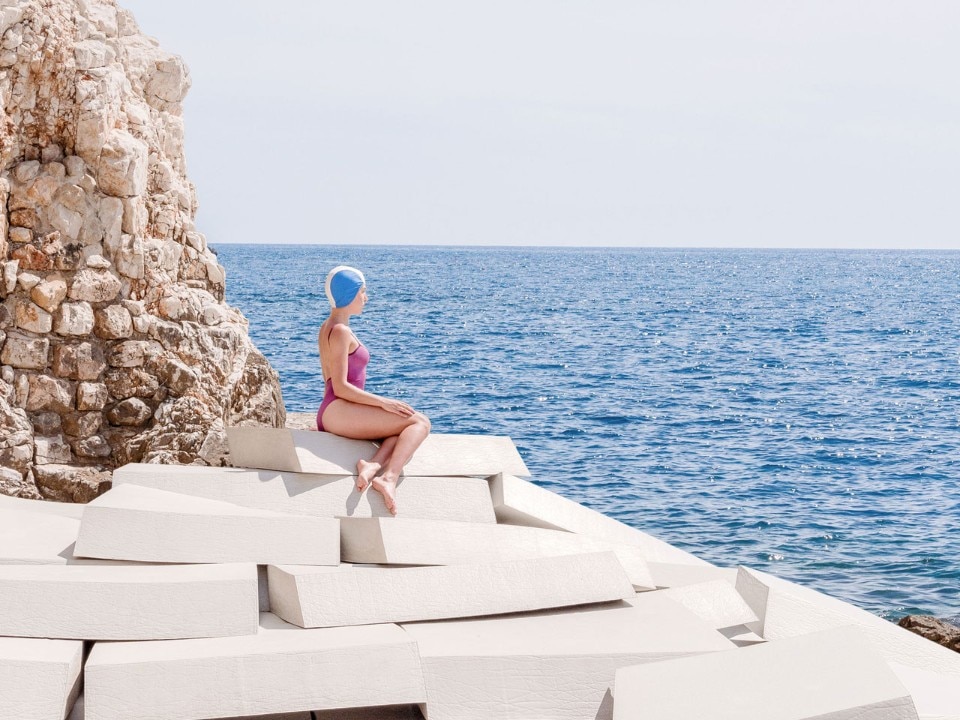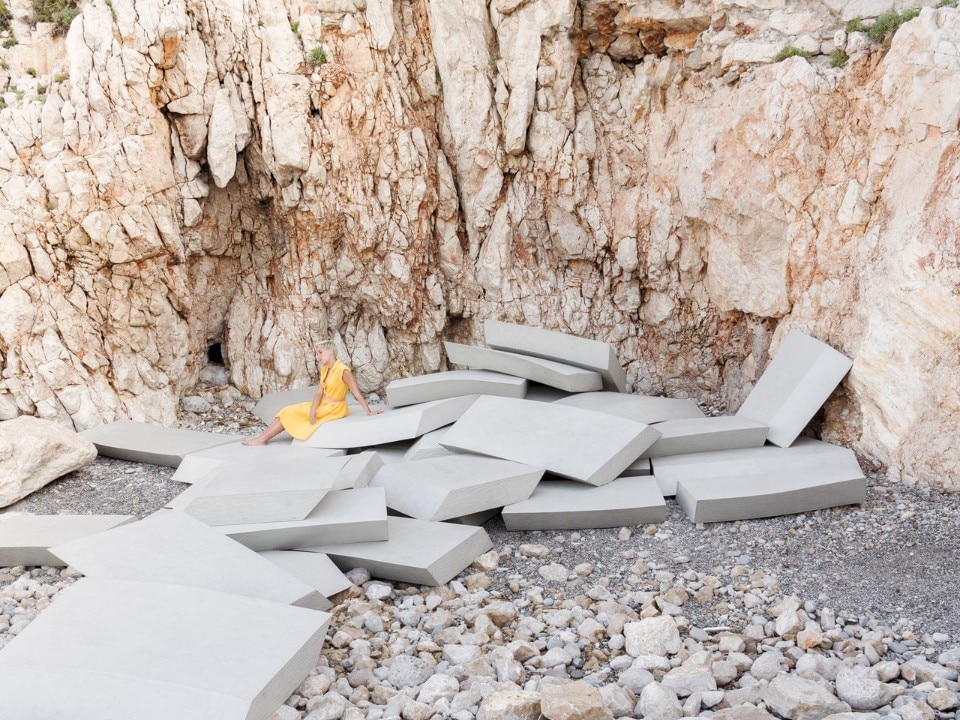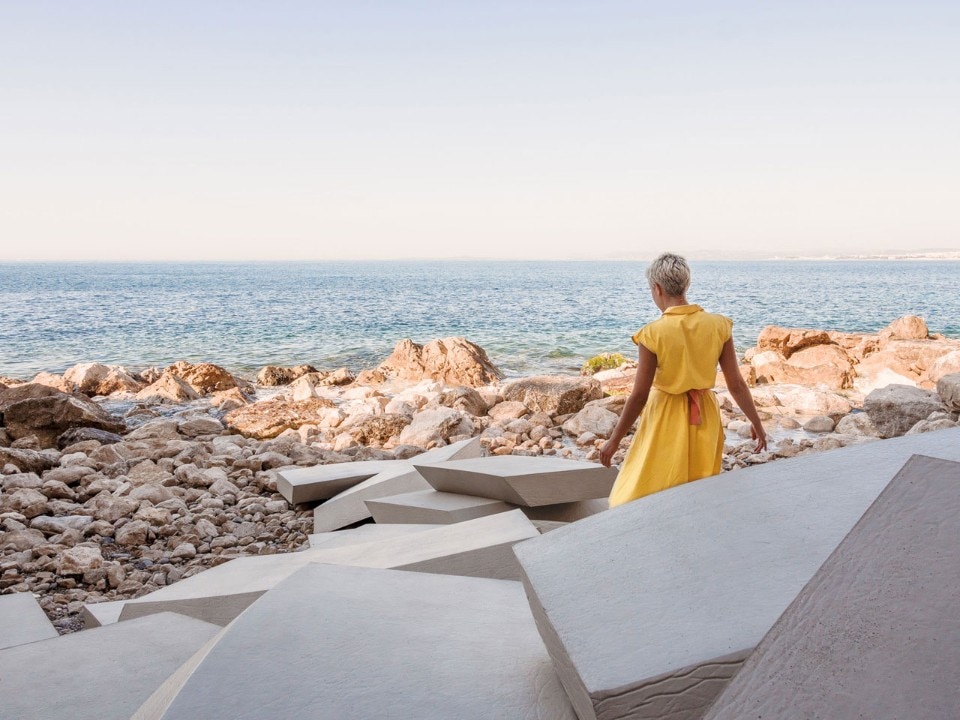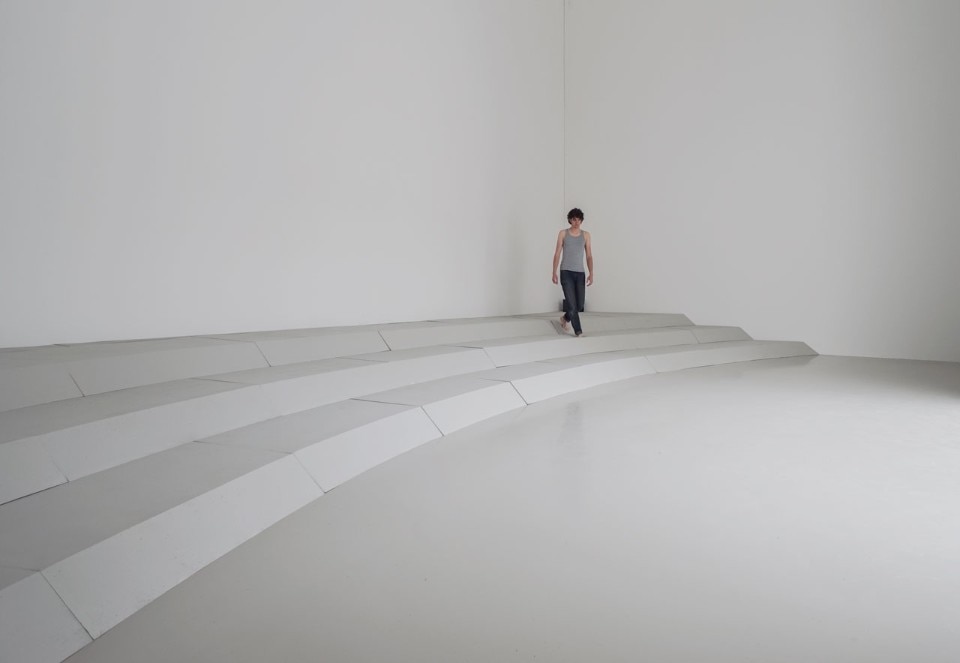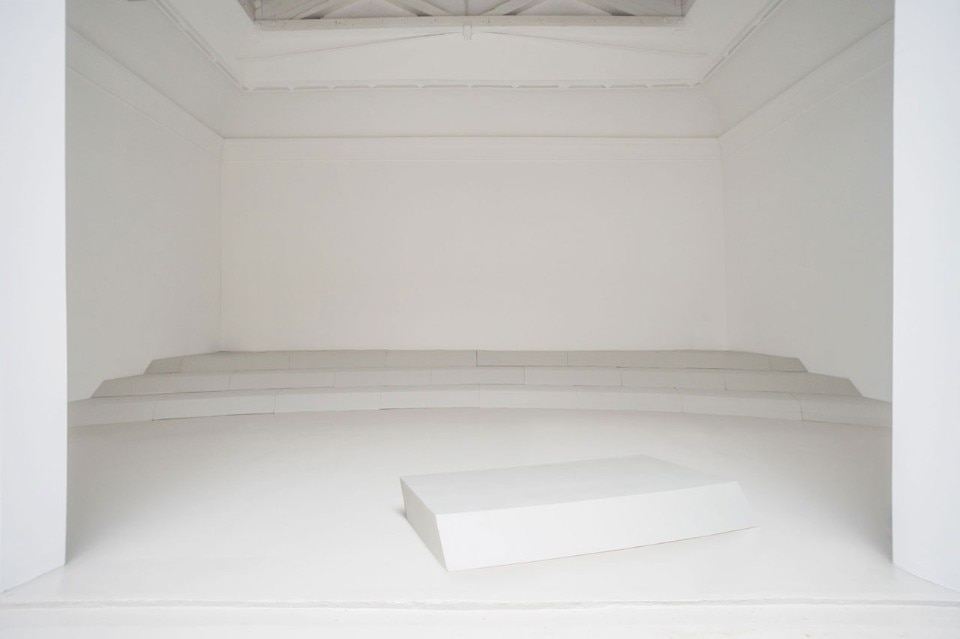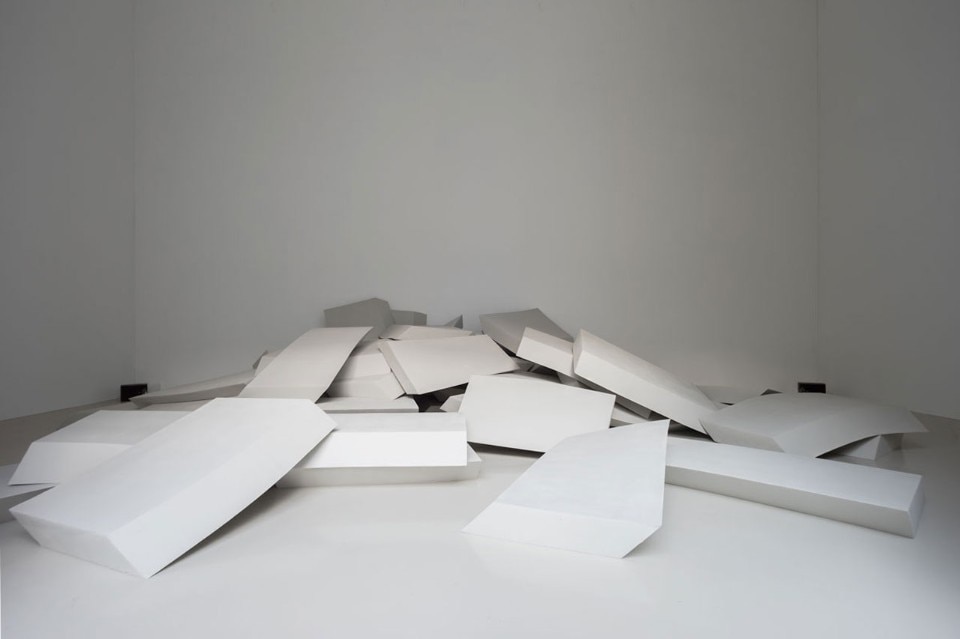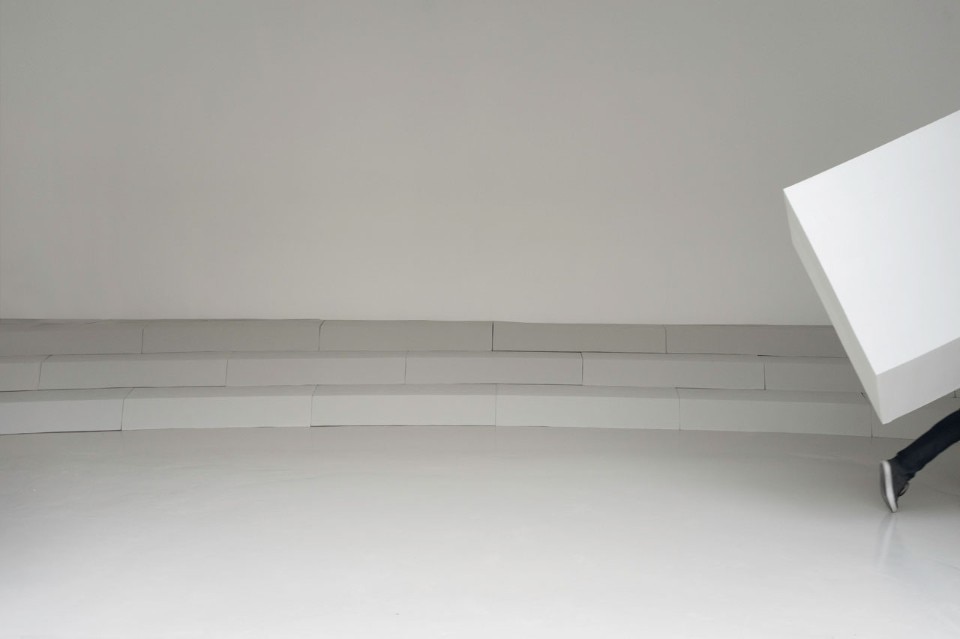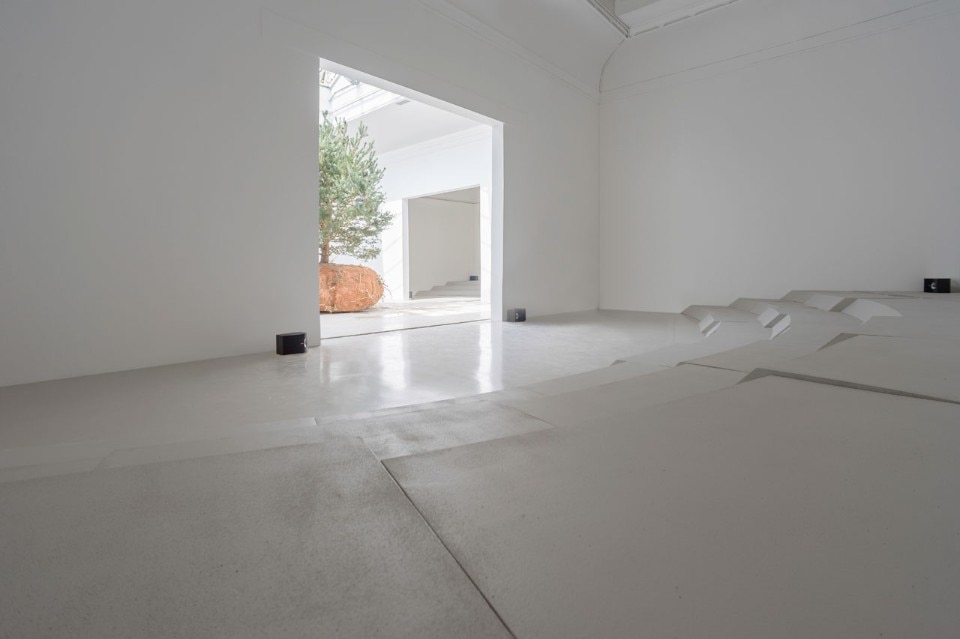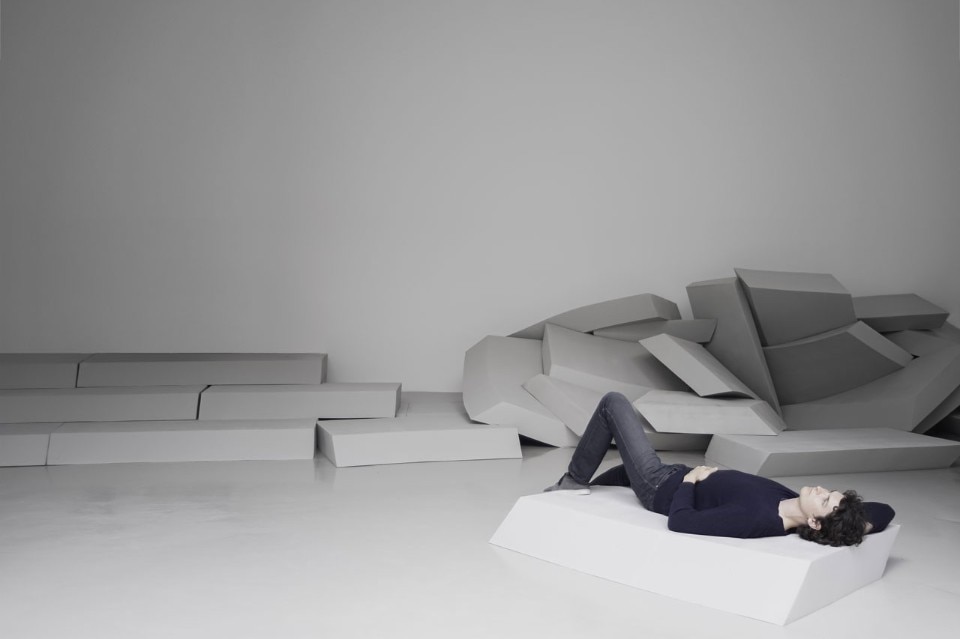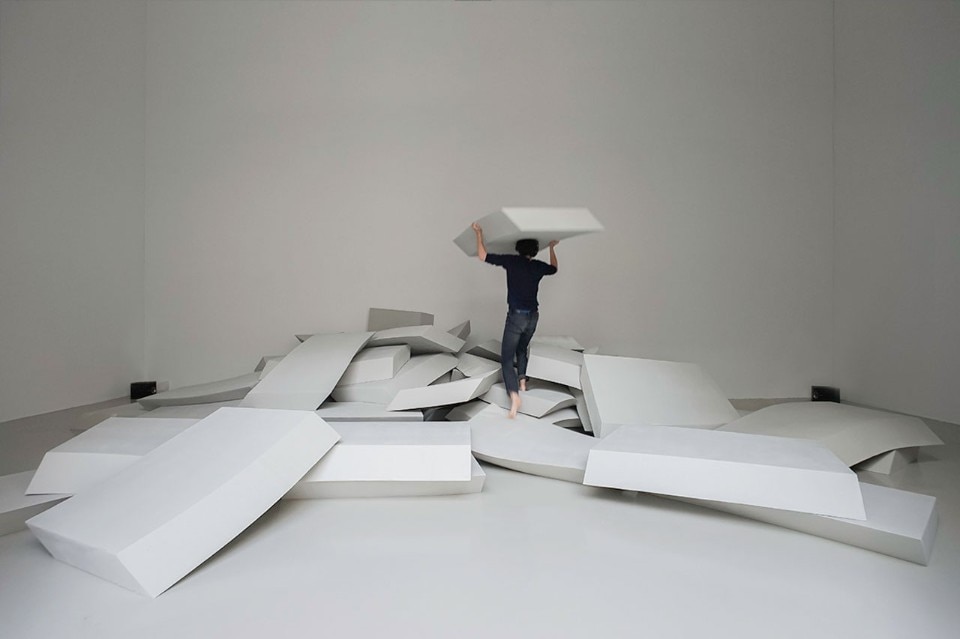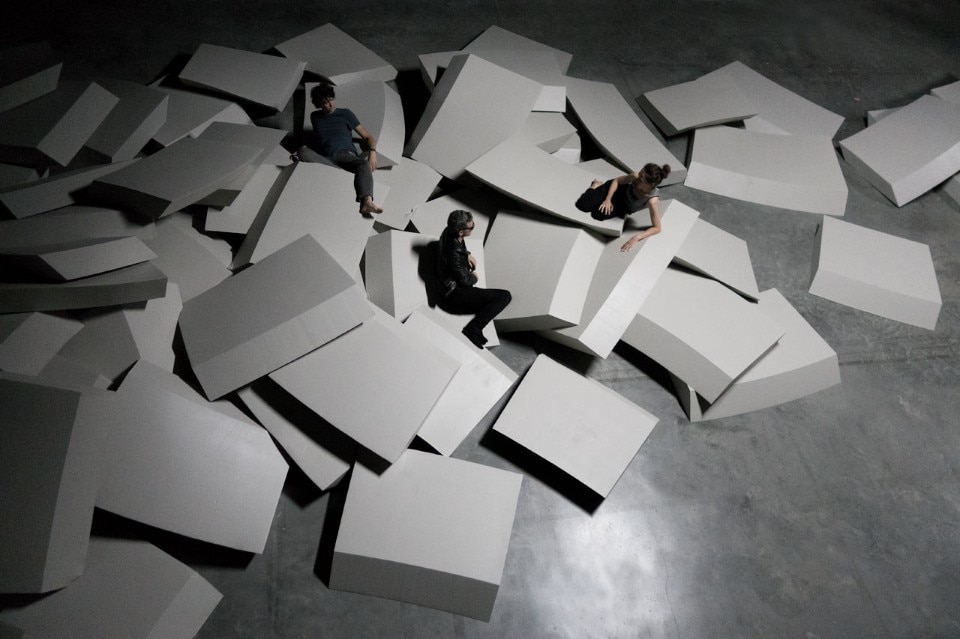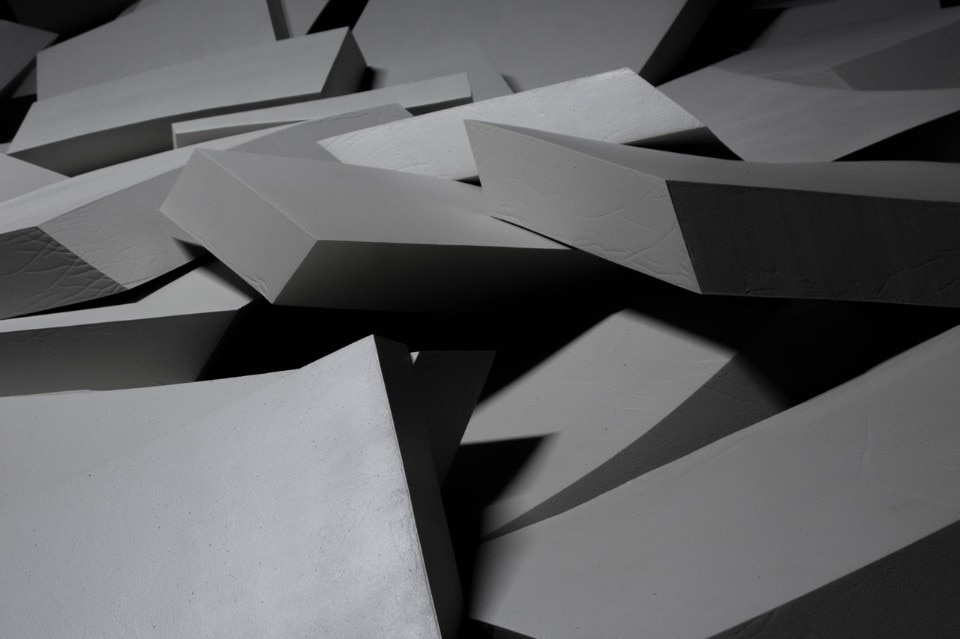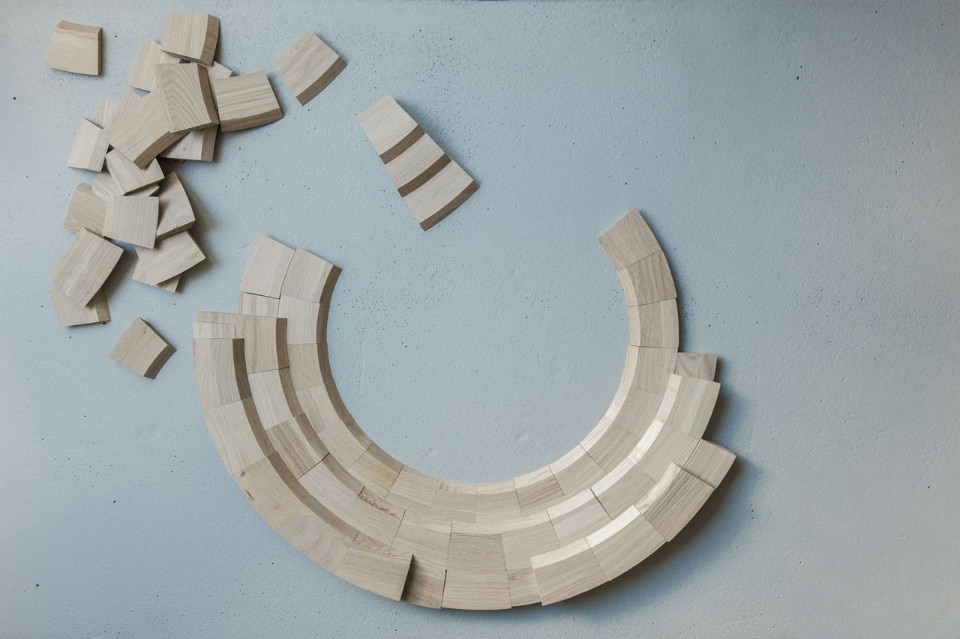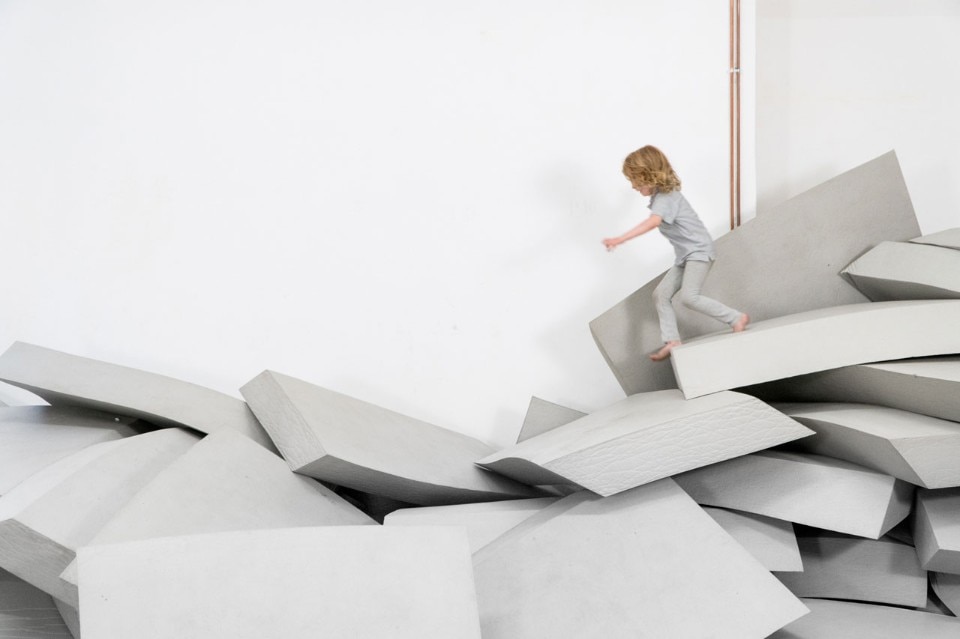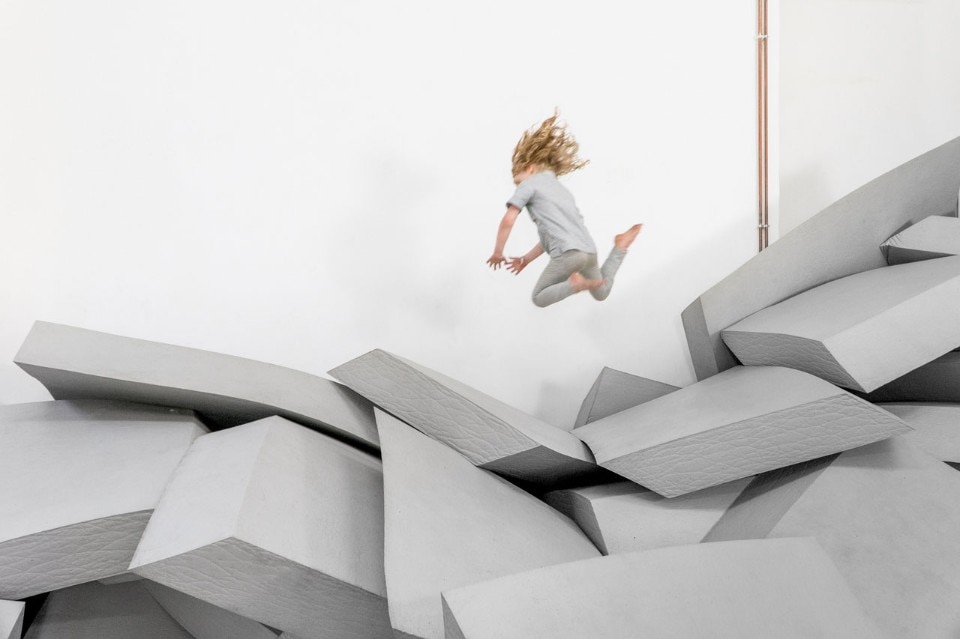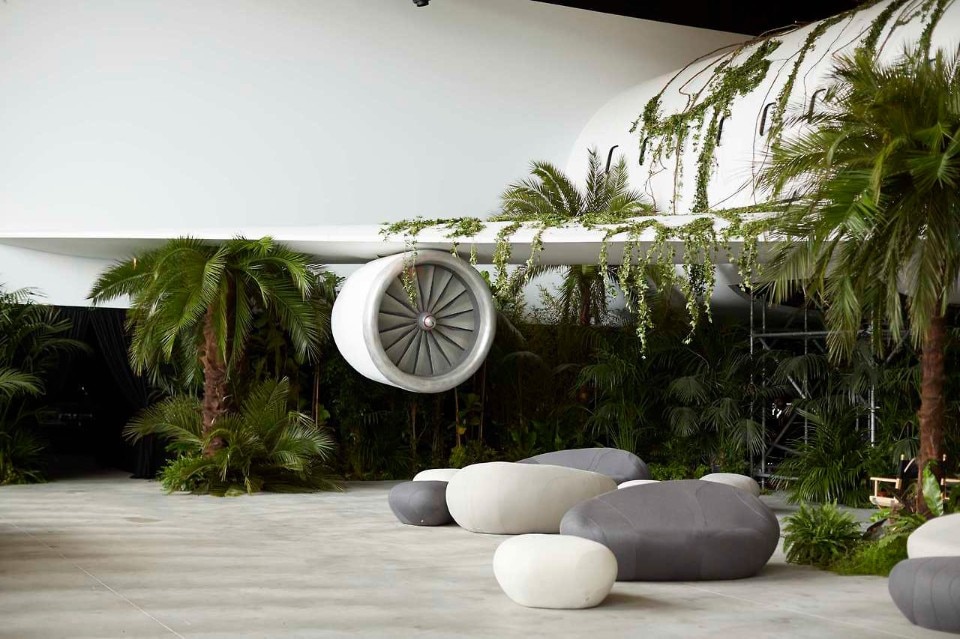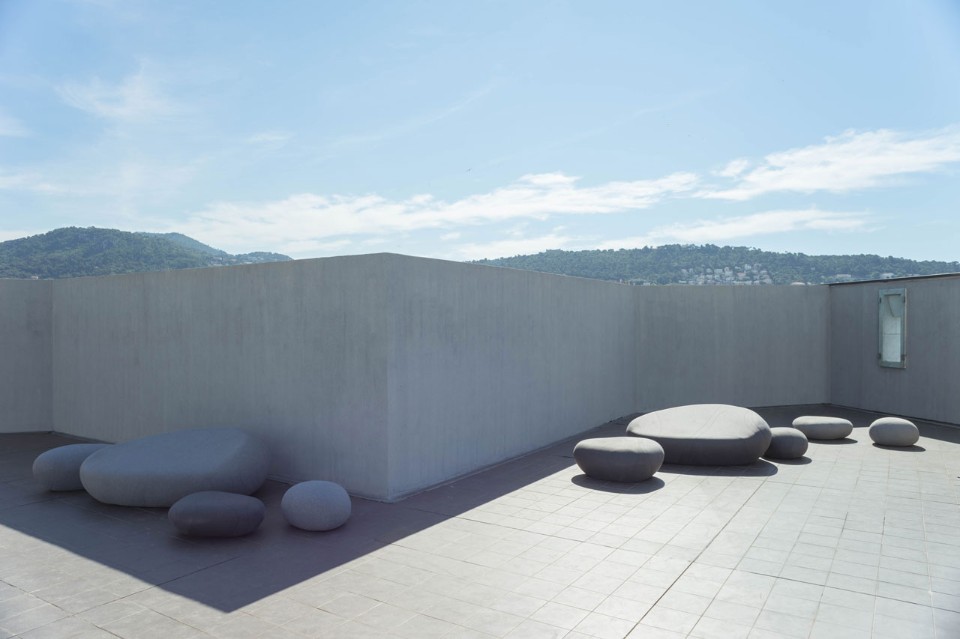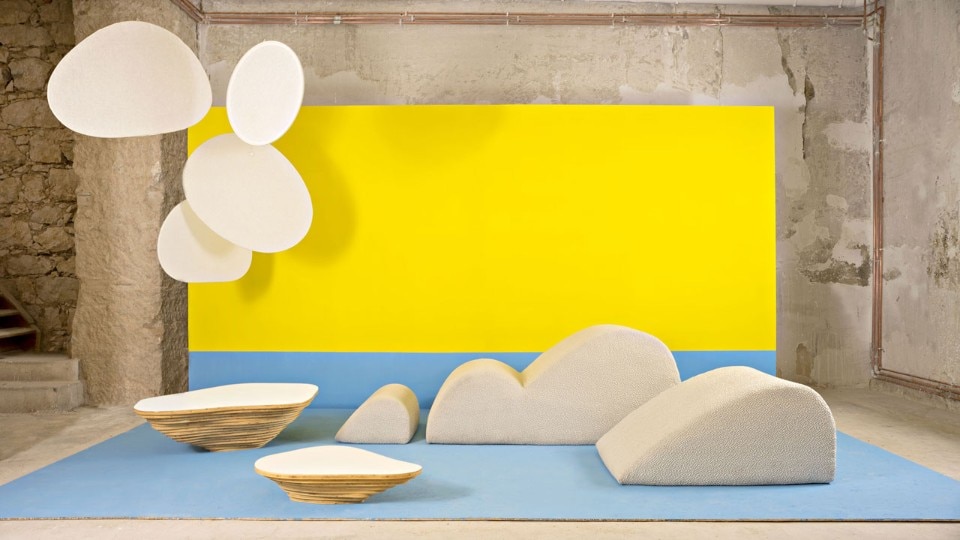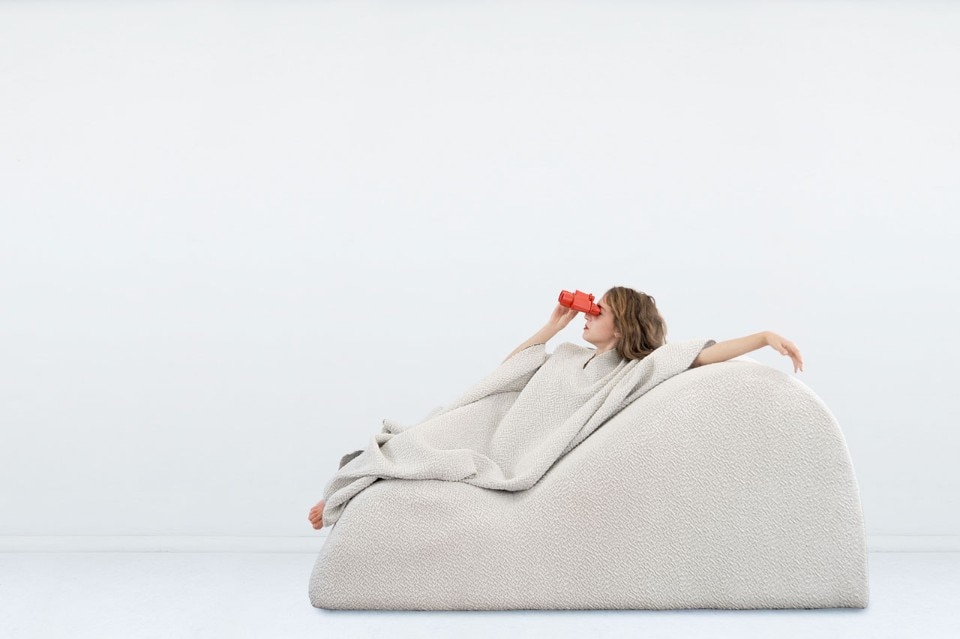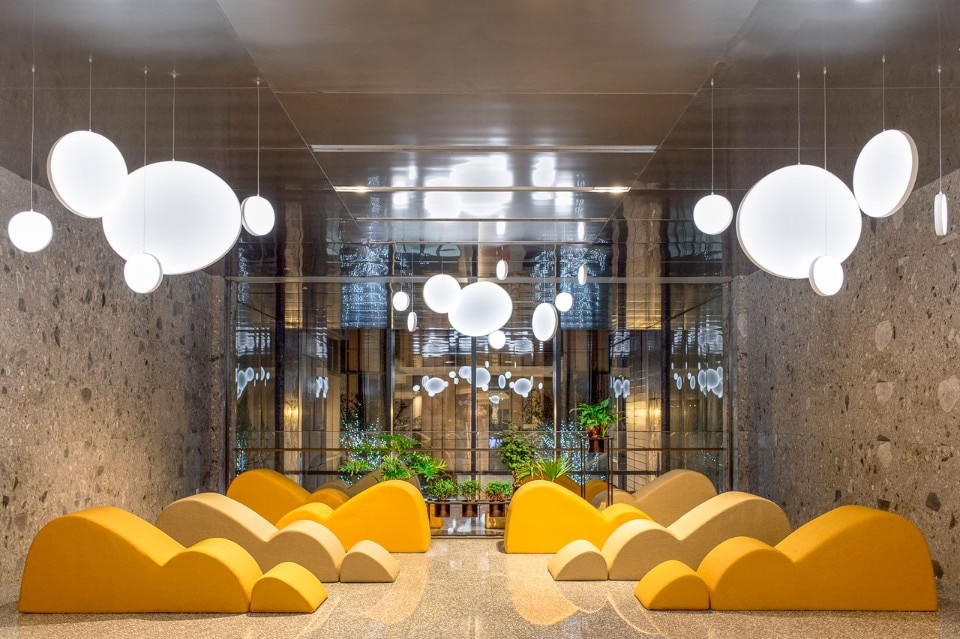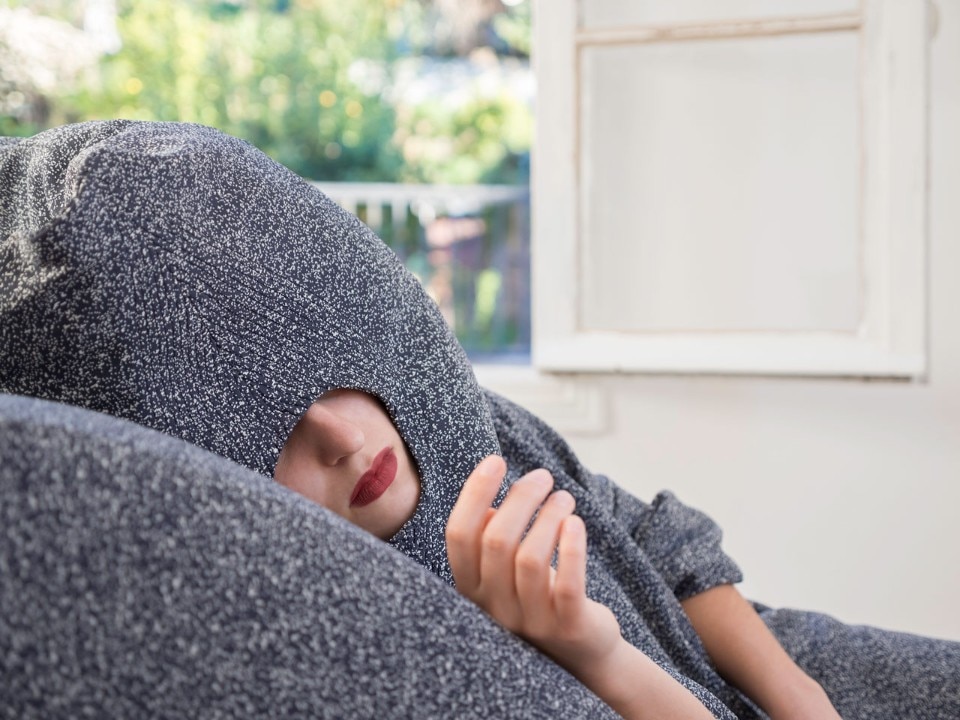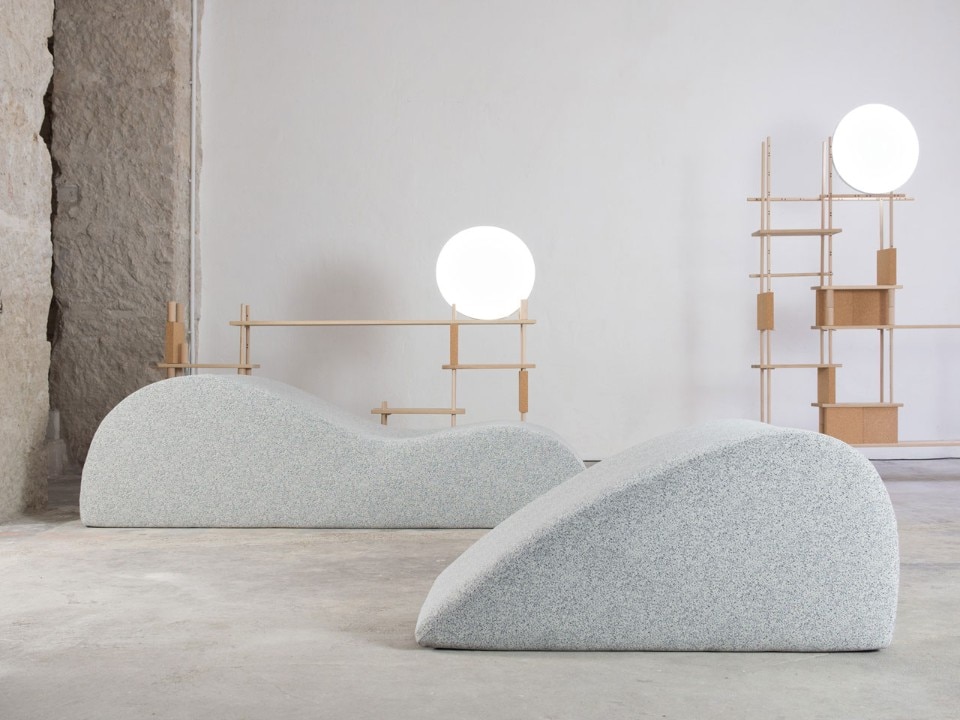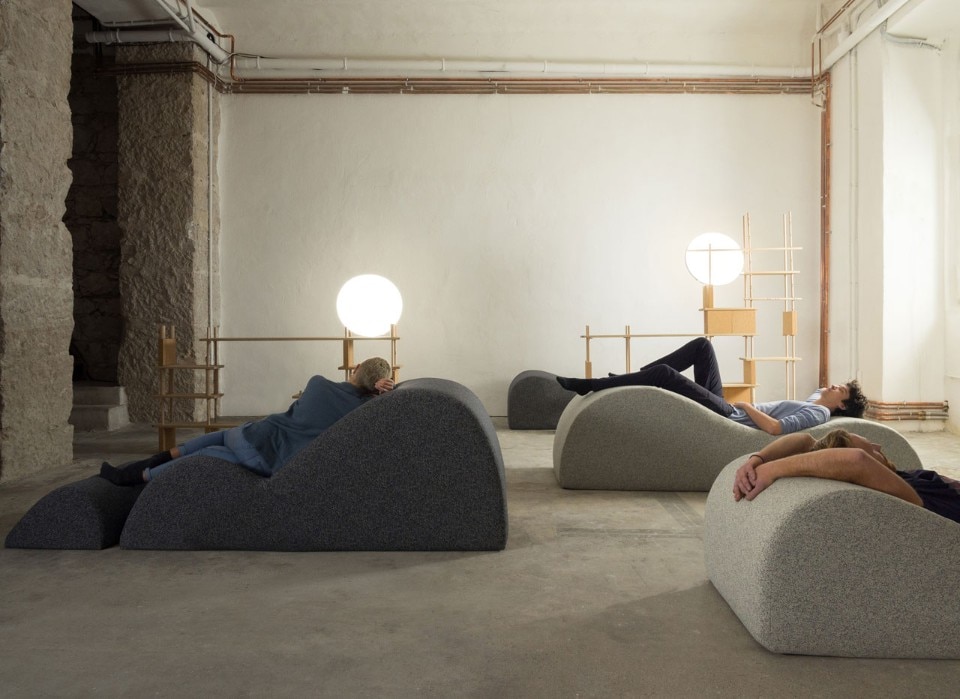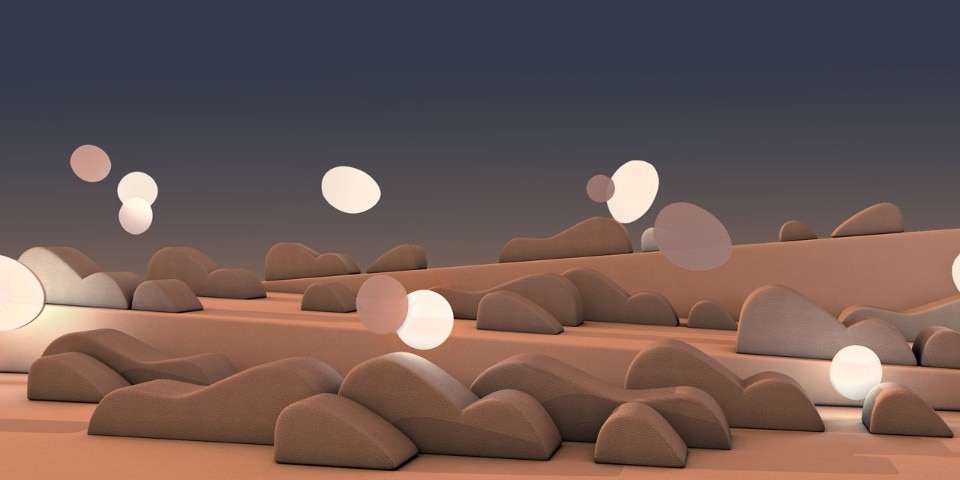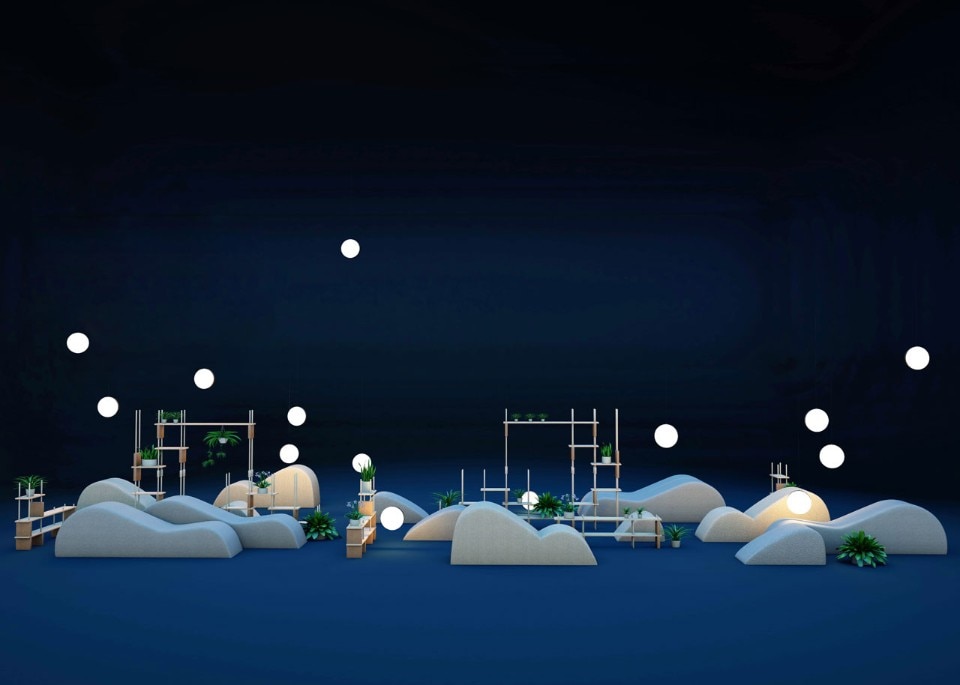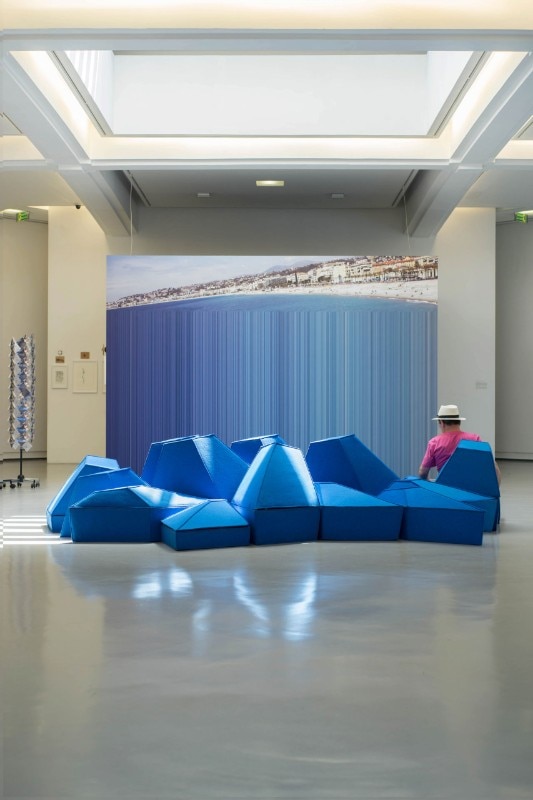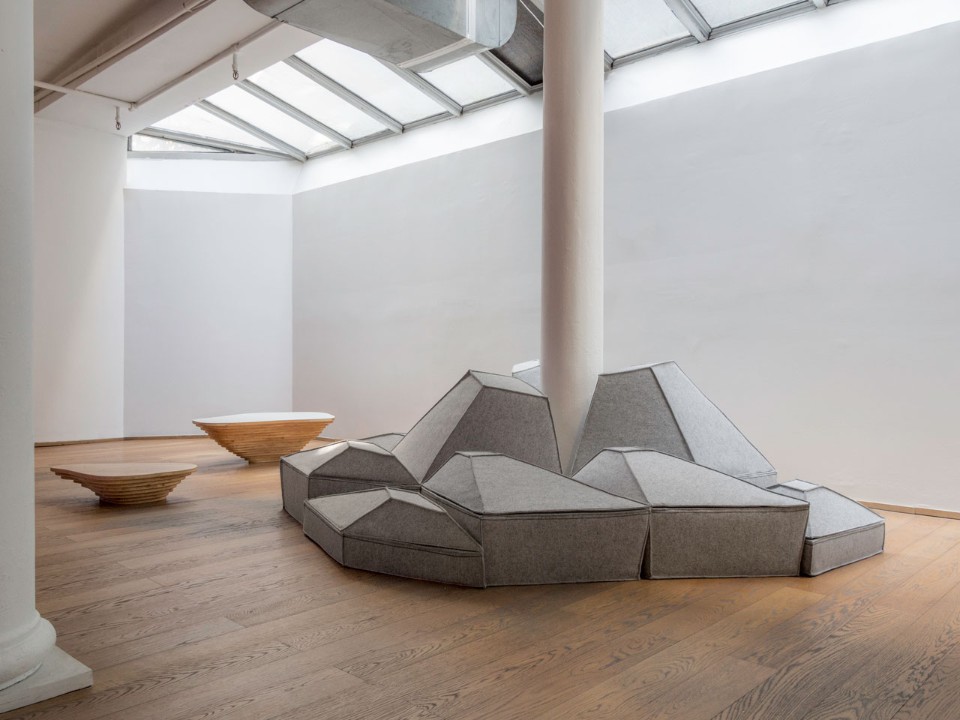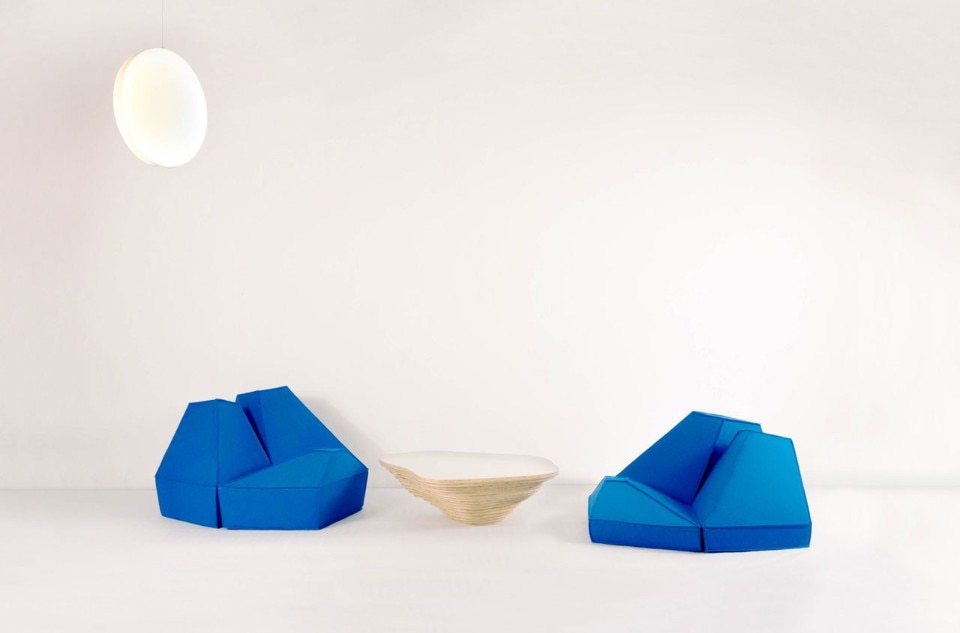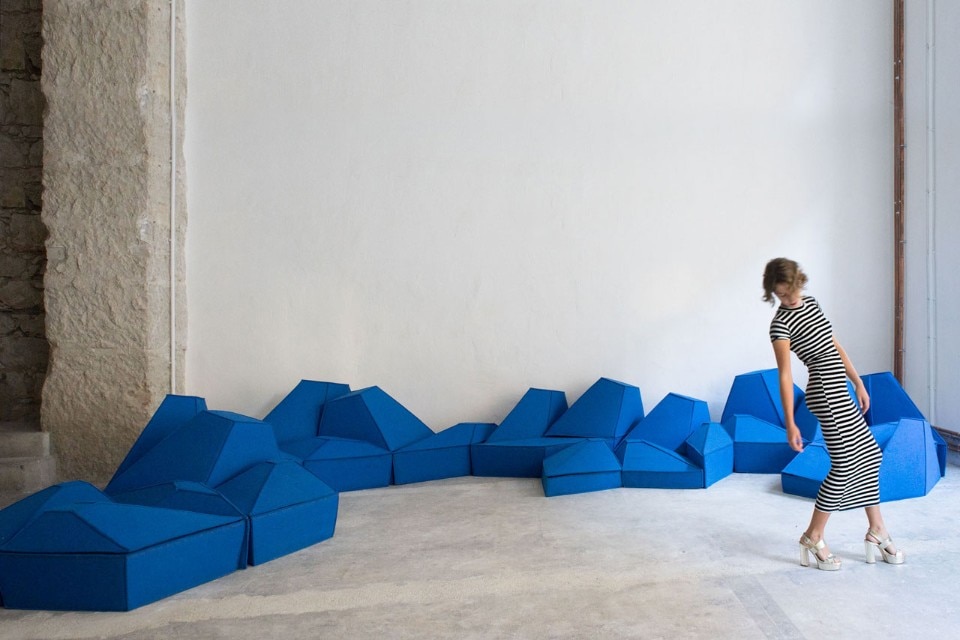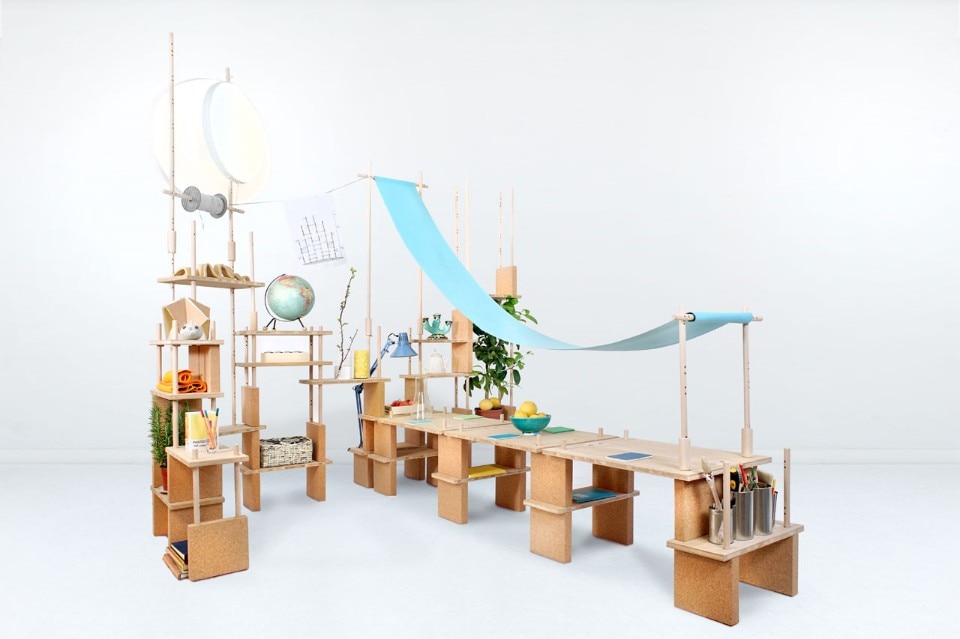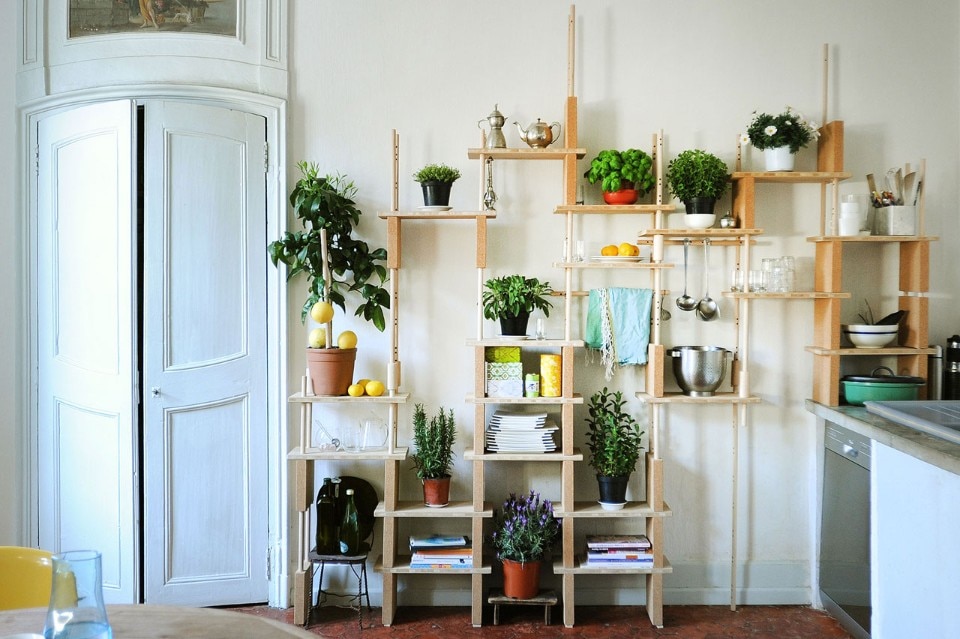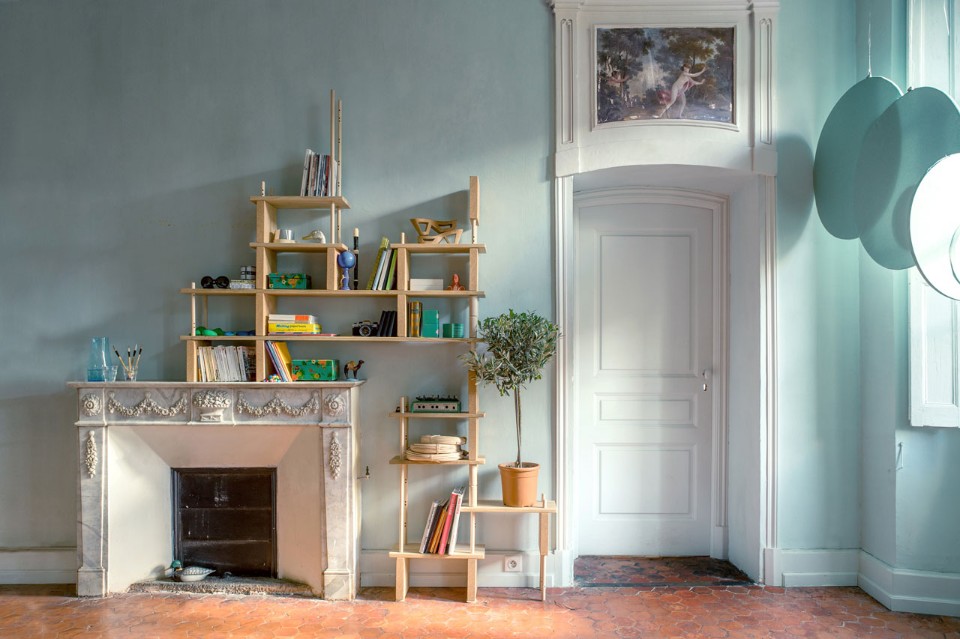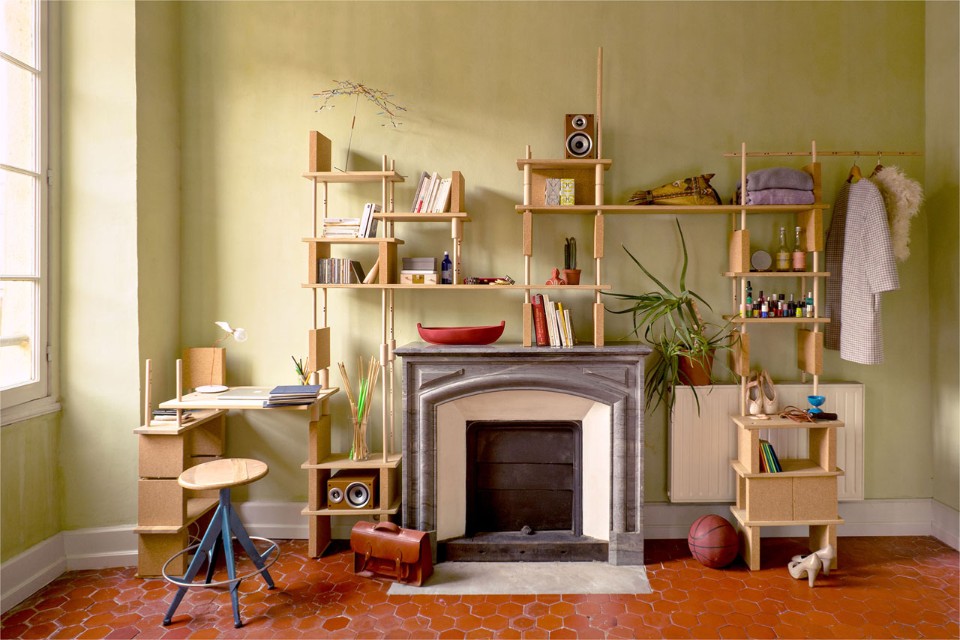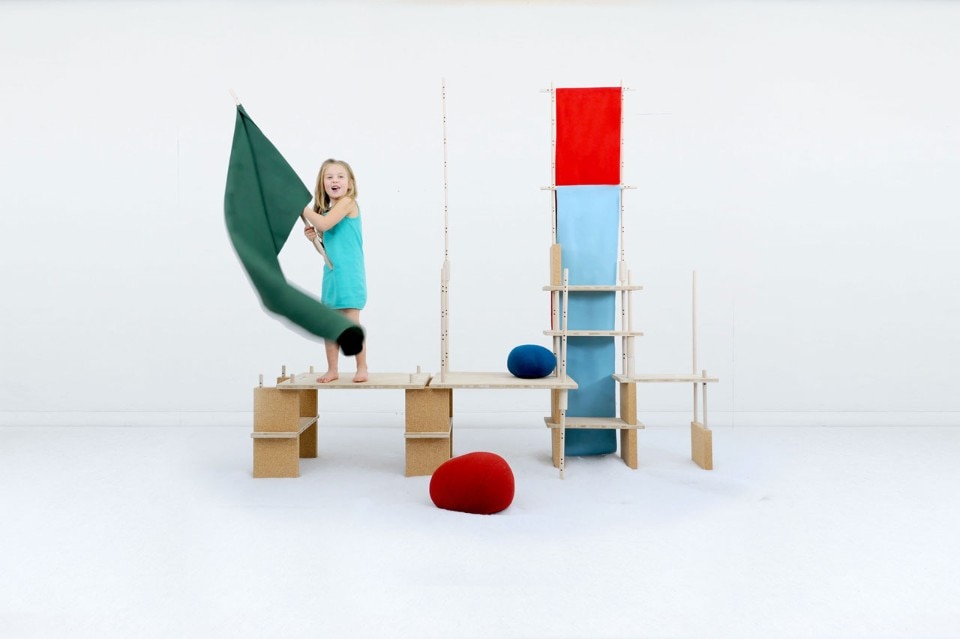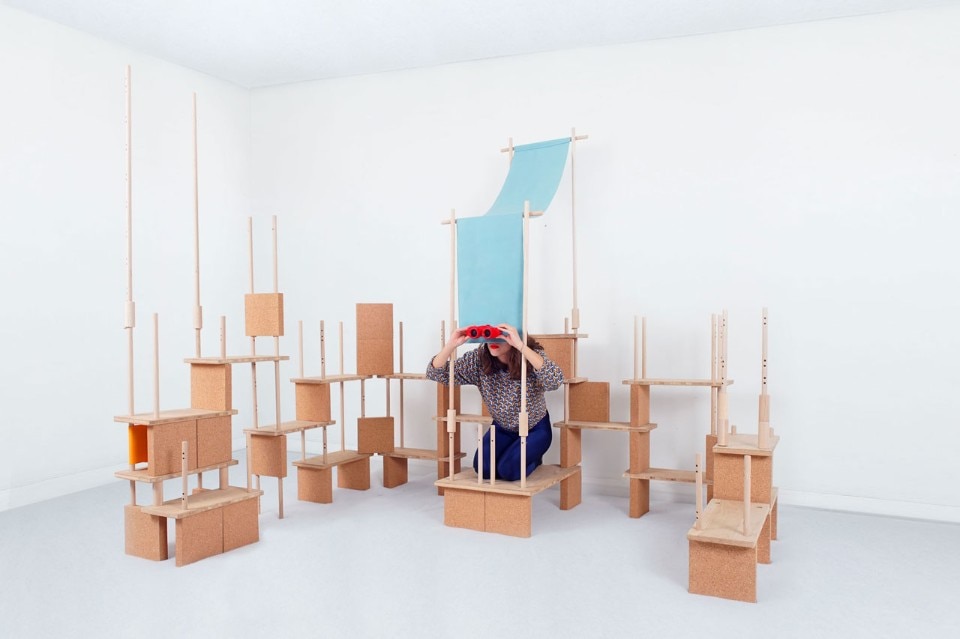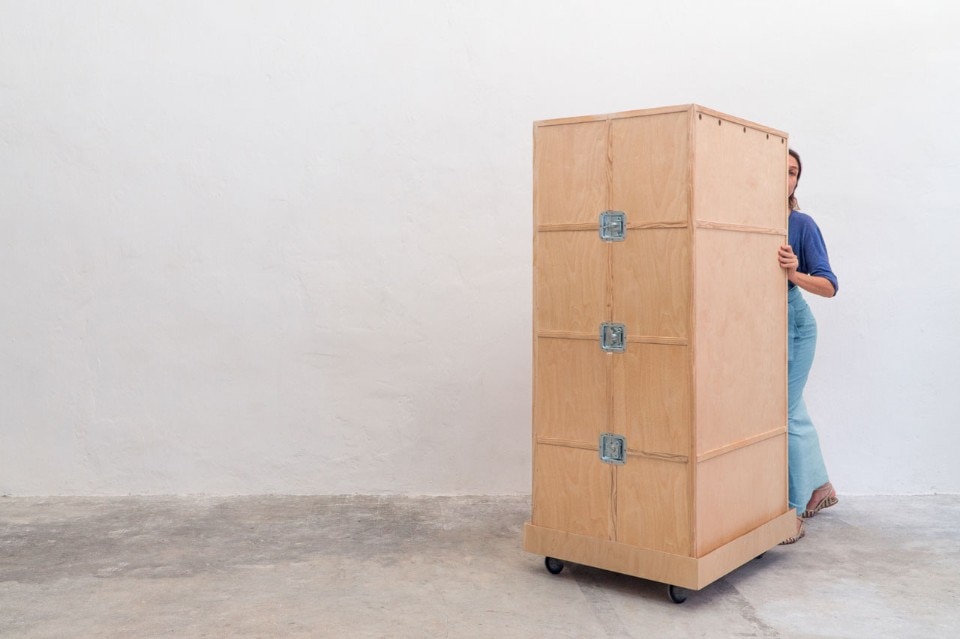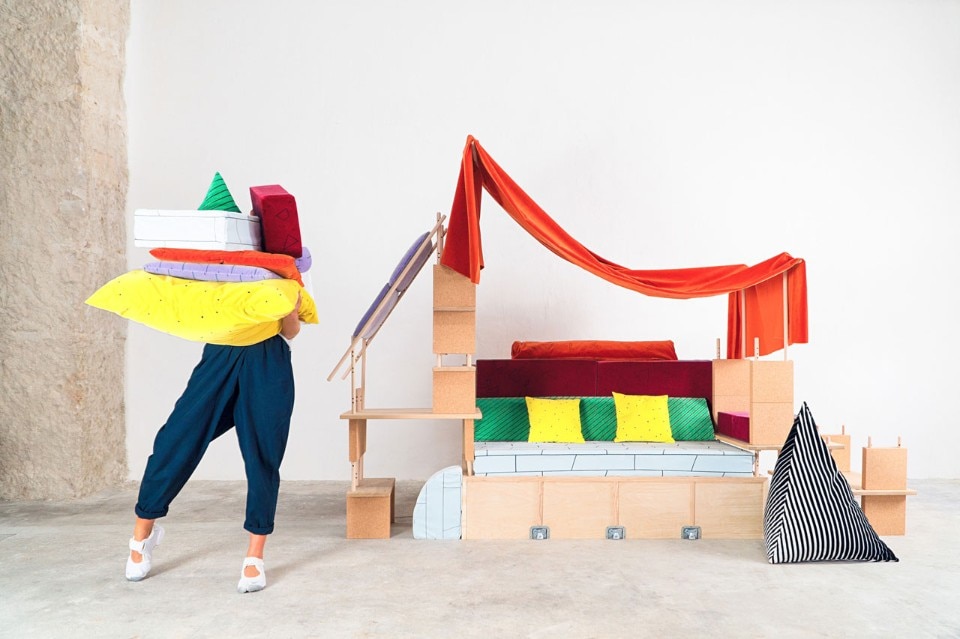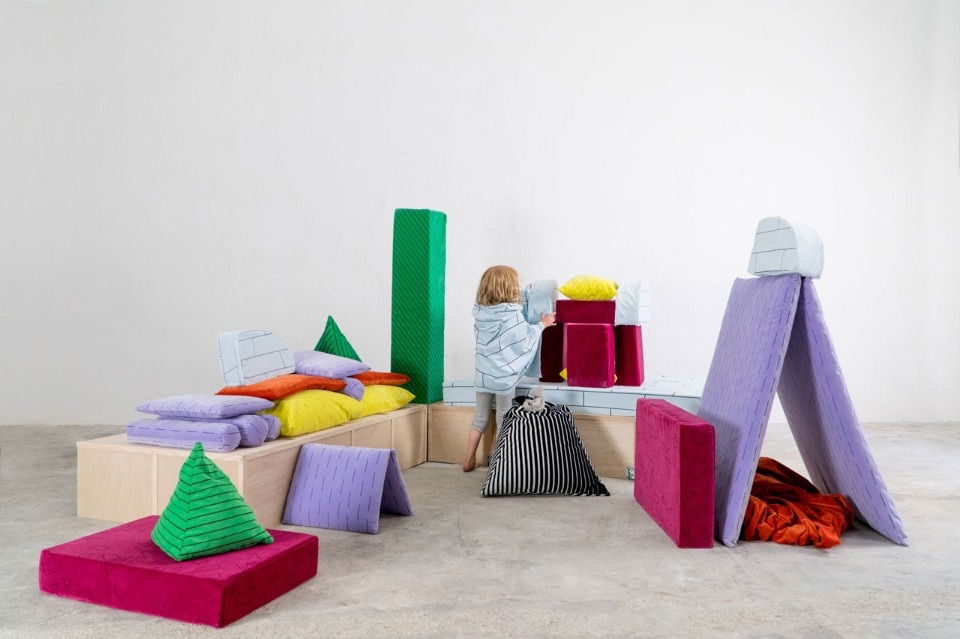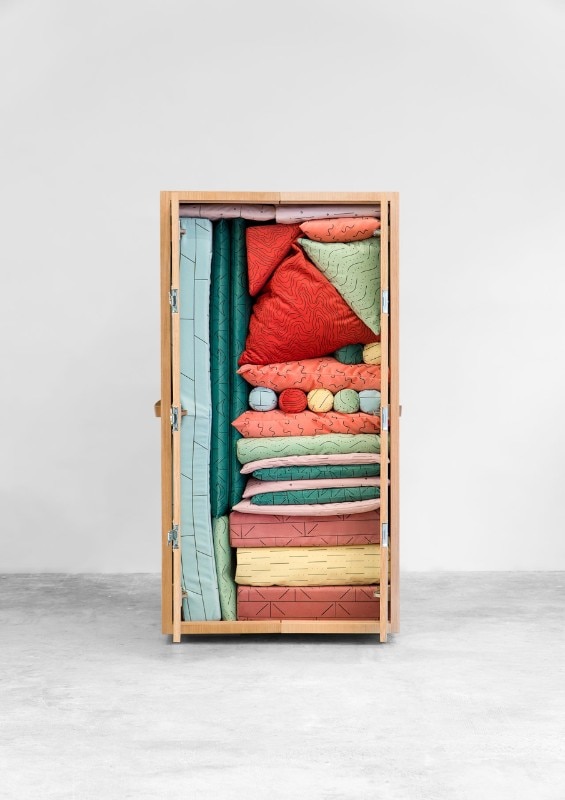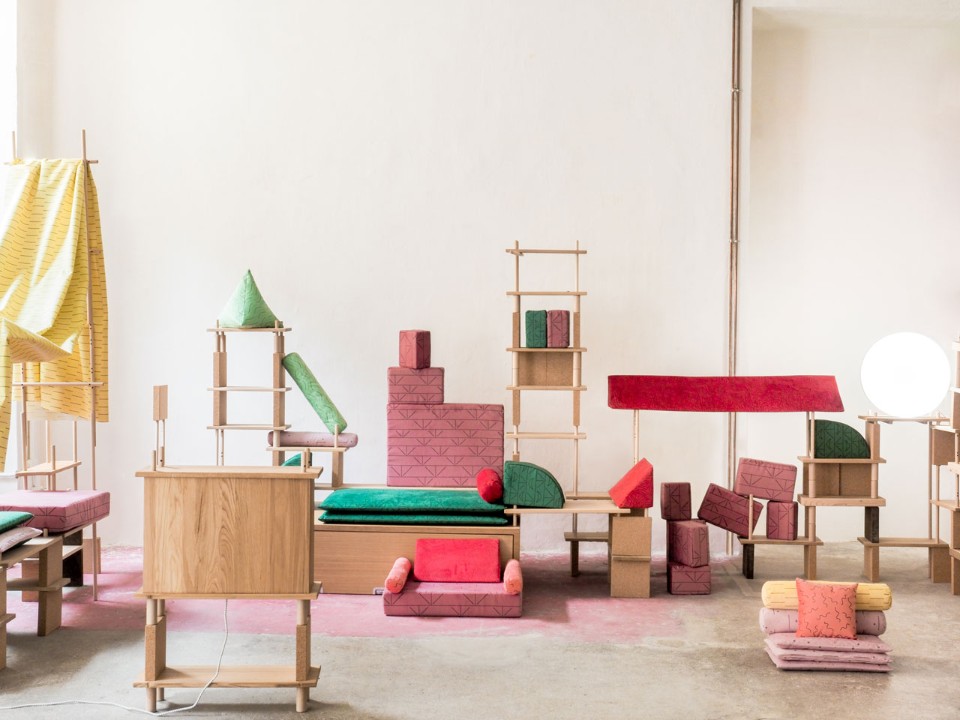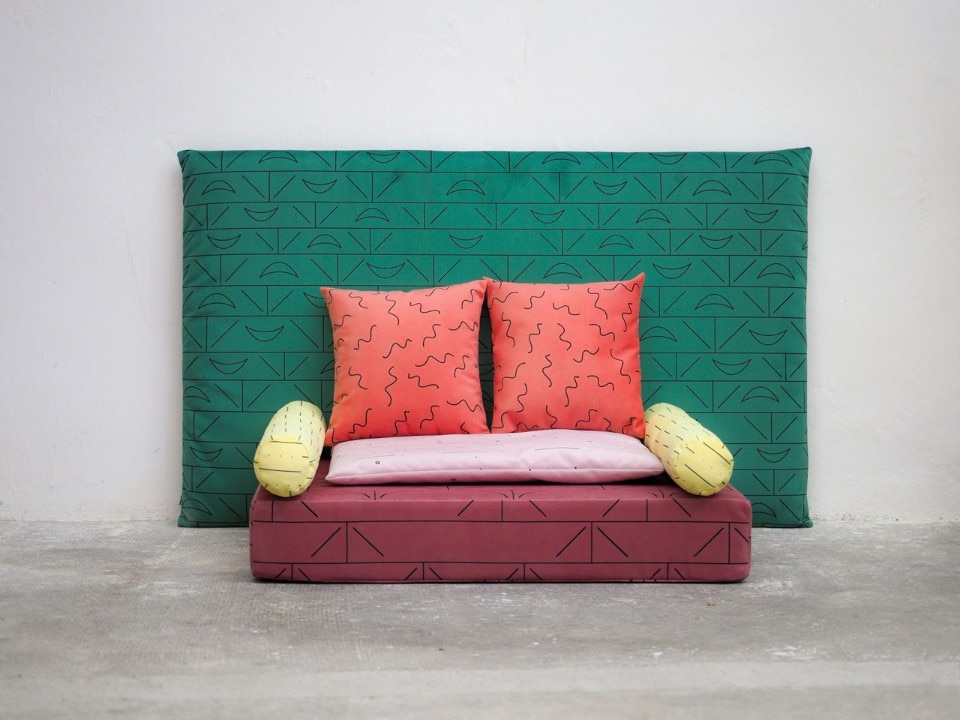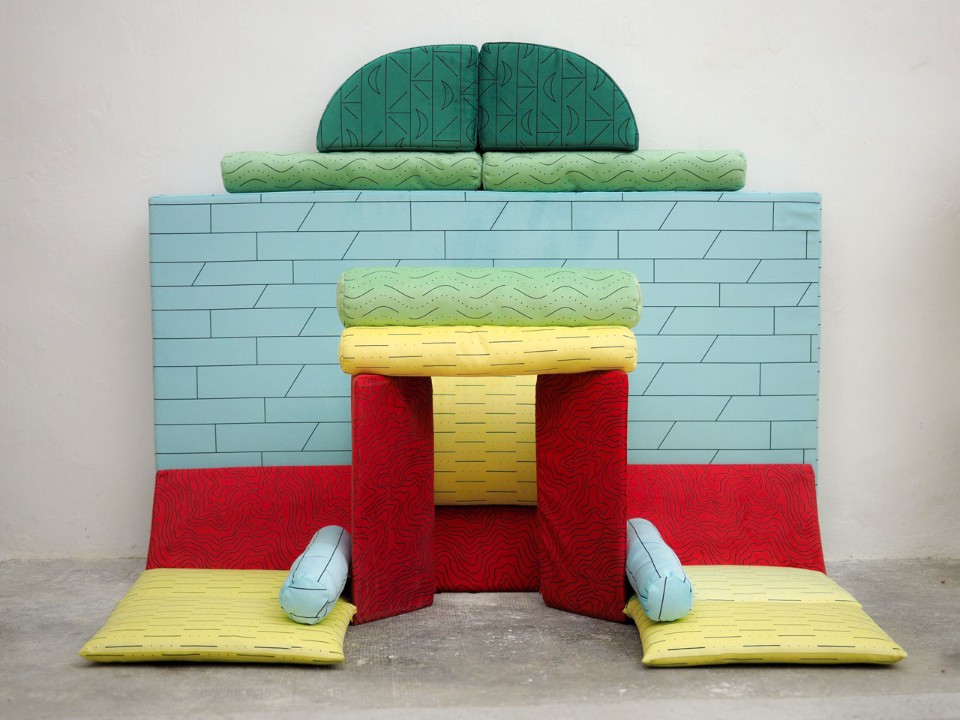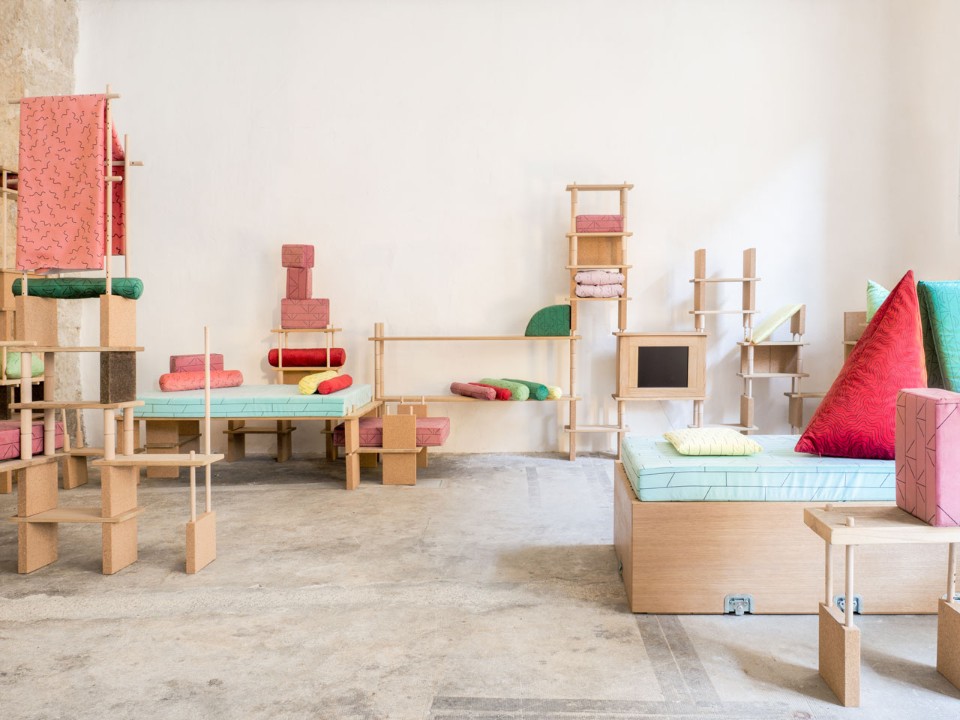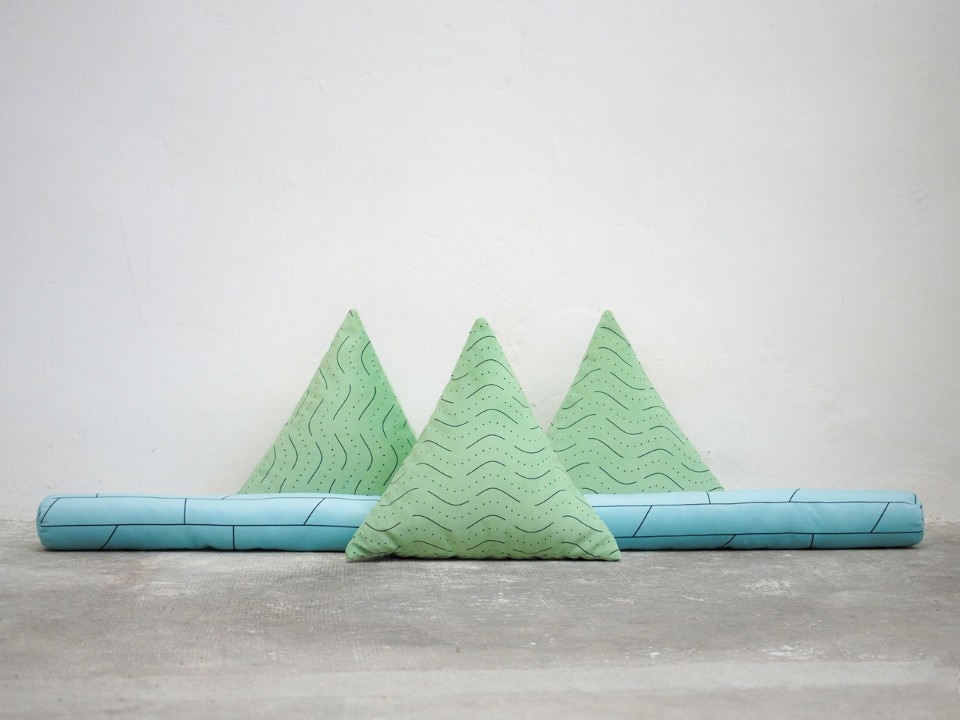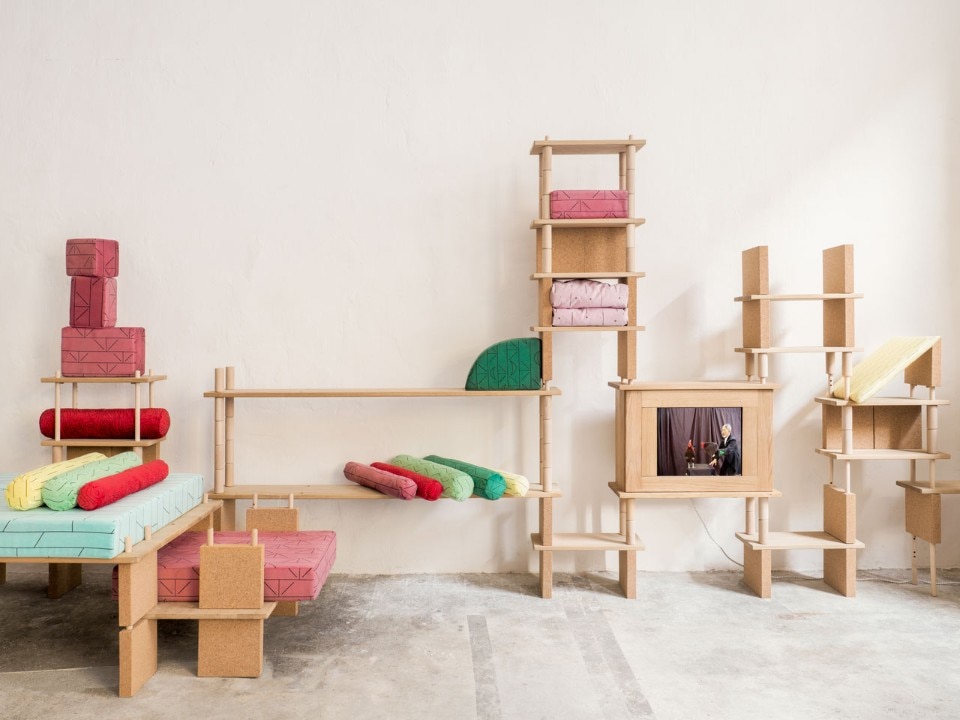Founded by Stéphanie Marin in 2003 in Nice, the epicentre of that Midi which is the origin of a taste for happy and carefree living, the Smarin studio seamlessly designs furnishings, sets and installations (including, for the Venice Biennial, the Palais de Tokyo, Documenta 14), favouring self-production methods and seeing out collaboration with artists and creative figures (such as Céleste Boursier-Mougenot, Yto Barrada, Narimane Mari), in order to cultivate curiosity and favour a state of continuous reinvention.
Informal, open to multiple use and at times surreal, her collections see physical wellness and an invitation to movement as a true priority. One example is sChaise, a chair composed of interwoven elastic strips which promote the movement of the pelvis, or the pouffes Livingstones, Nénuphares, Les marches, and Les angles, highly ironic seats to be used together in a spontaneous and ever-changing manner. Following the same approach, the modular systems Le hazard, AccA and Play yet! use modularity not so much as a way to favour their positioning and capacity, but as a functional device to adapt to ever-changing situations, emphasising a sense of freedom in living. In this interview, Stéphanie Marin explains the spirit of her approach to design.
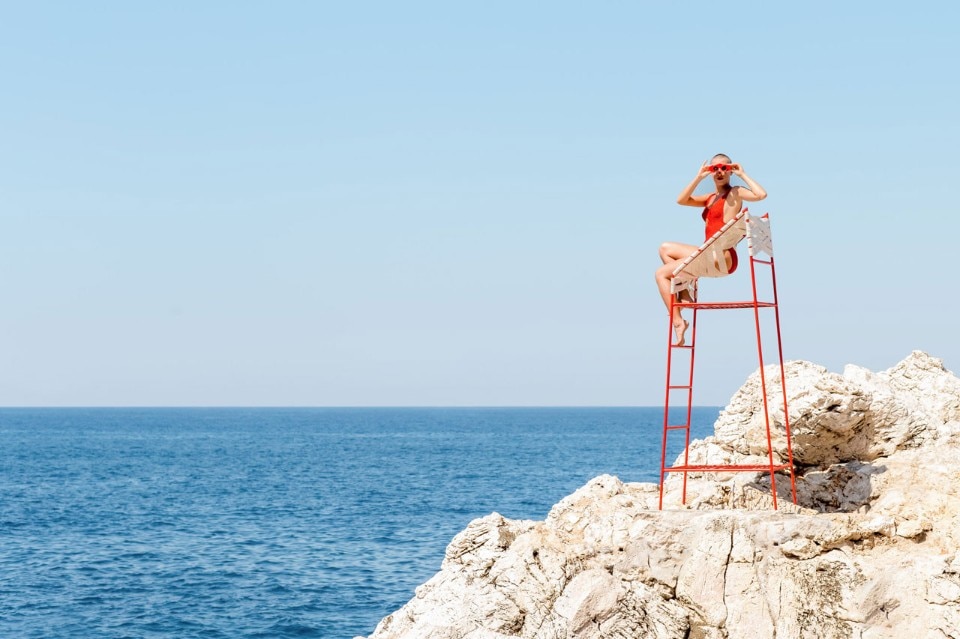
 View gallery
View gallery

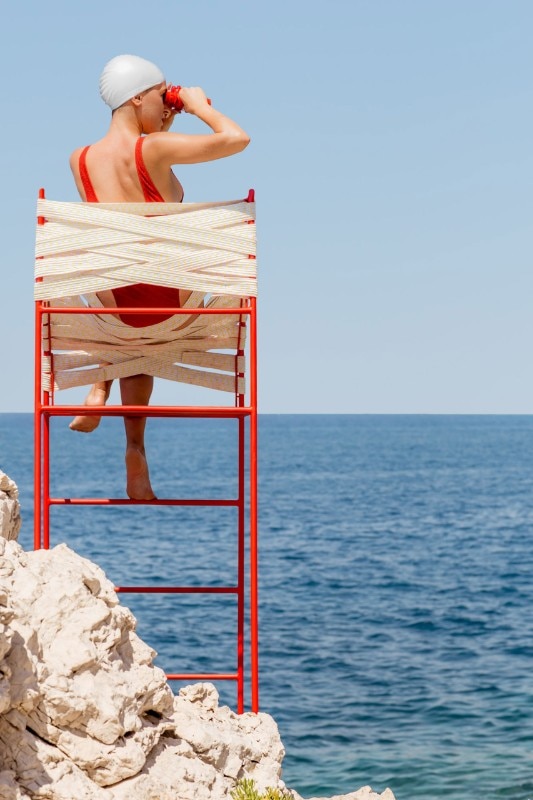
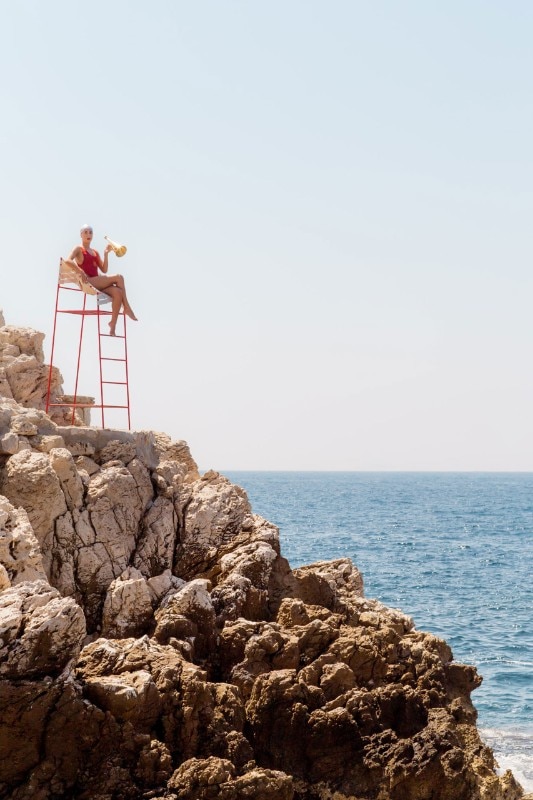
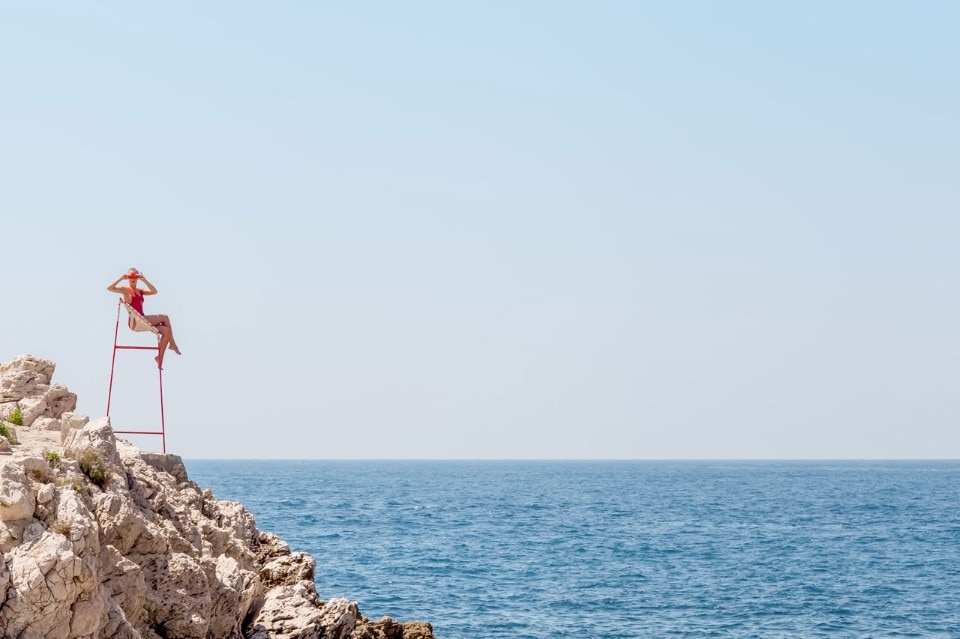
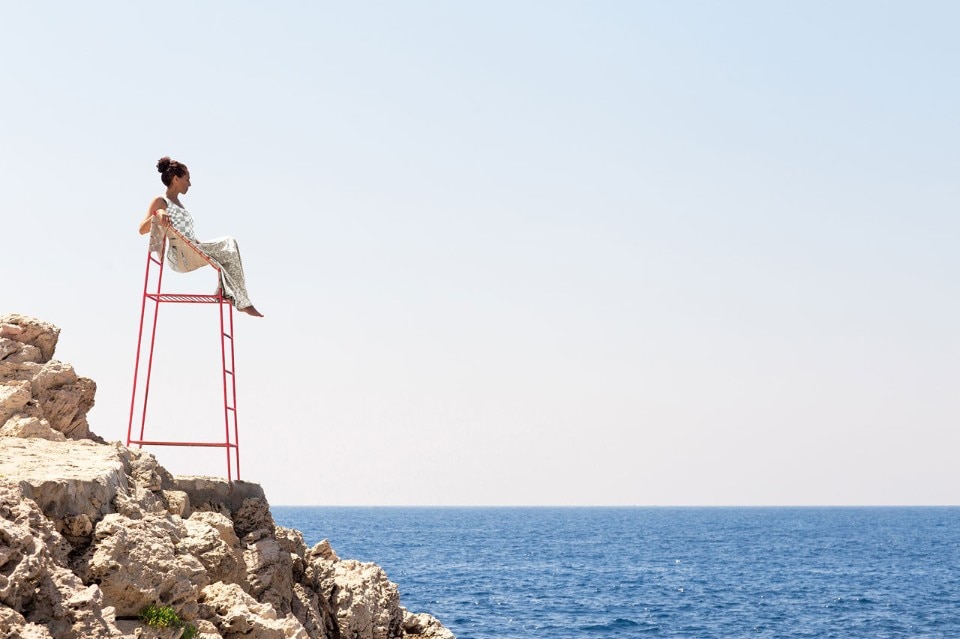
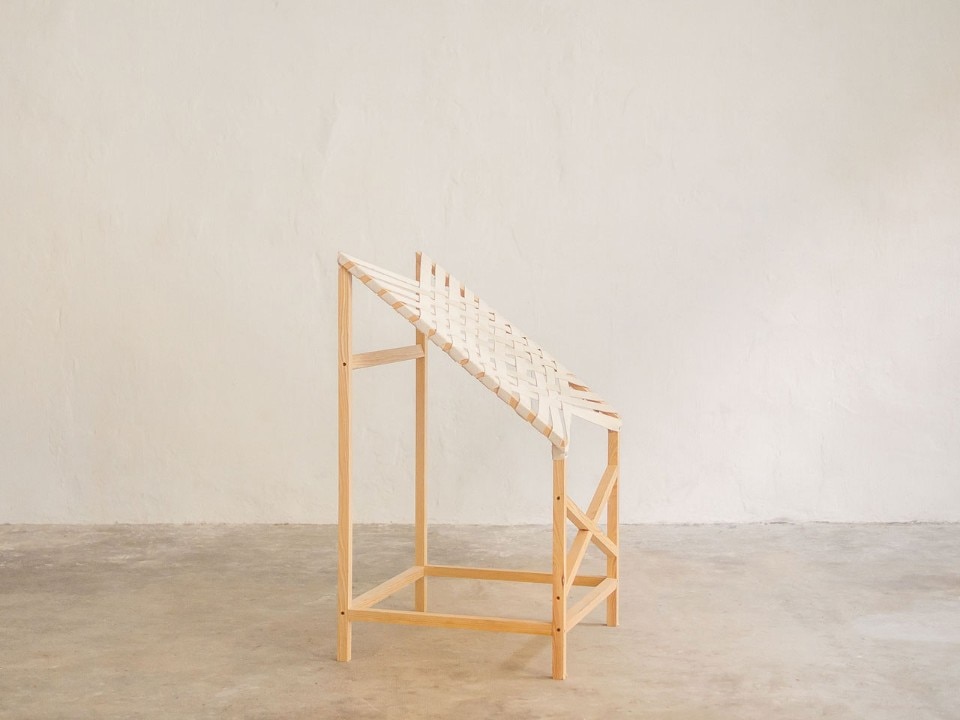
How would you define the identity of your studio and the objects you like to create?
Smarin is a work group made up of 15 people. We imagine the objects, we design them, we develop them, and we are able to produce them ourselves in our workshop. We work in Nice. We are interested in materials which are as inoffensive and soft as possible, and which adapt to the body, rather than demanding the opposite. We work with rigour in order to identify comfortable situations, objects which adapt to people, which allow the experiencing of multiple situations within a single environment, without setting out a scenario which pre-defines situations, but which, on the contrary, allows them to develop freely.
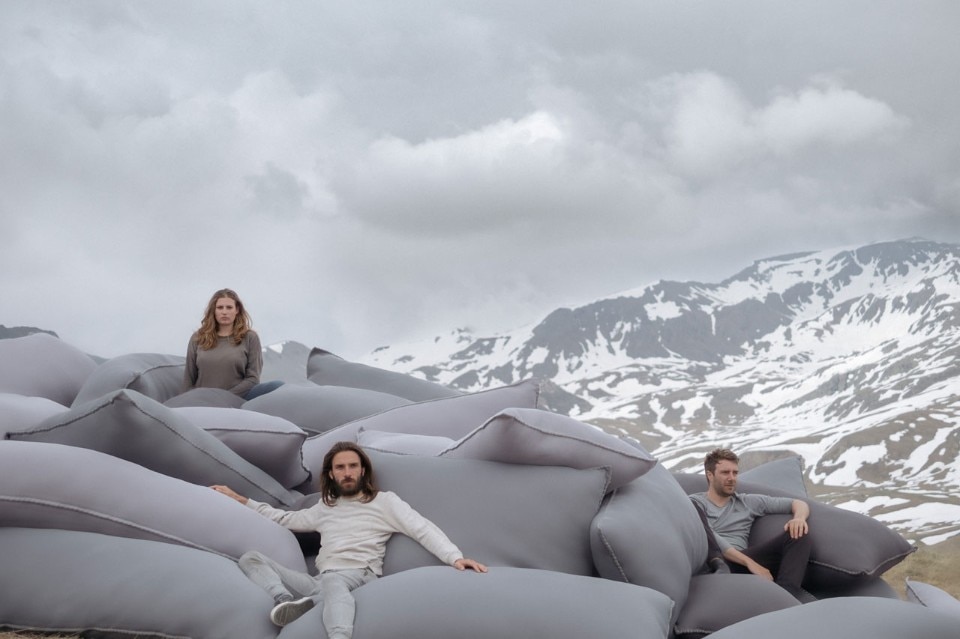
 View gallery
View gallery
You have divided your production into two large groups of objects: structural elements and free elements. According to which profile does this form of classification describe your approach to design?
It is a way to express how we can construct our space and take possession of the world which surrounds us. At times, we are not given the opportunity to choose the architecture which surrounds us because, unfortunately, it pre-dates the objects, but the objects can be integrated into the architecture and autonomously create a space within a space. In this manner, it becomes possible to relate to the place in which we find ourselves, taking advantage of it in order to conform it to that which we need in a given moment.
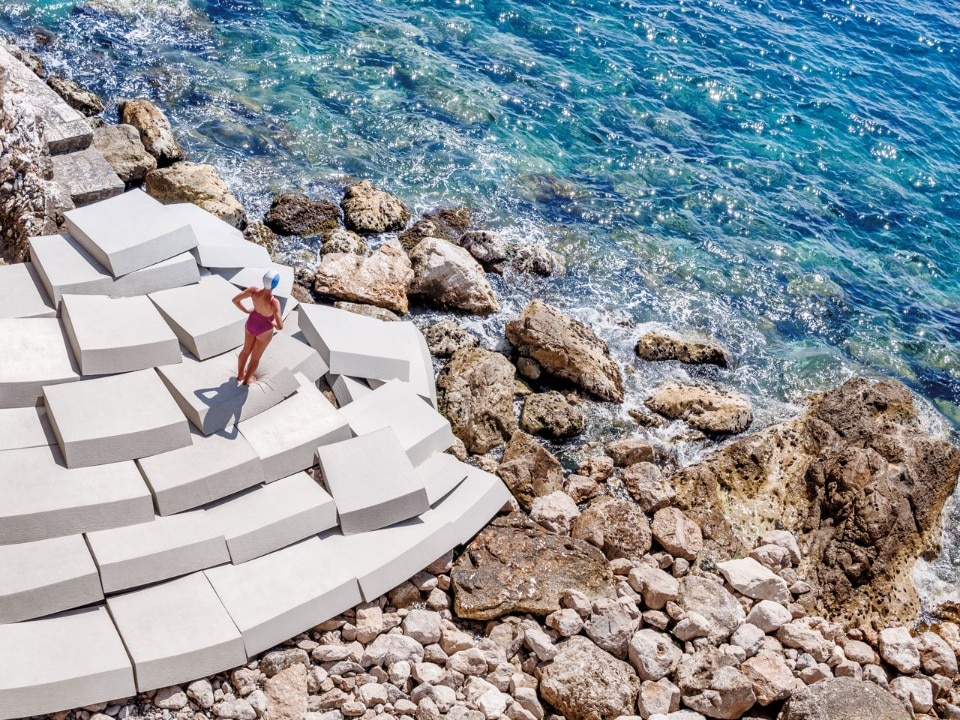
 View gallery
View gallery
What role does the body have in your design process?
It is central to our work as designers, it is an essential requirement. An object implies a form of gestural expressiveness, and I find this aspect very interesting, because there are good and bad gestures, and the latter create small problems which we do not see, but which can easily be solved. Take for example the situation of sitting at a desk. Why can’t we make it an object that gives us freedom of movement? This is why the sChaise, our trampoline seat, seems to me to be such a good idea: on the one hand it does not revolutionise the way of sitting, but on the other it solves muscular-skeletal problems and favours circulation in the lymphatic system. In the same manner, in collaboration with the Observatoire des Médecines Non-Conventionnelles (OMNC), I developed the Sifflu, an object which allows us to exercise our breathing capacity, but which reflects the attitude of the cigarette, replicating the pose and harking back to the cigarette break as an element of conviviality.

 View gallery
View gallery
You have just got back from Shenzhen, where you presented the installation “maxi mall 260000 m² mixc world shopping center”.
Culturally, the Chinese do not like lying down in public, but in any case, they wanted to create a place for relaxation in this gigantic shopping centre. We agreed on a bar à sieste with elongated seating, and we also installed Kairos lamps, which work on cardiac synchronisation. I was very happy because the local people immediately made use of this space, taking off their shoes and lying down. It is not simply an individual space: The Dunes are fairly narrow seats and it is inevitable that people will touch, creating an area of intimacy.
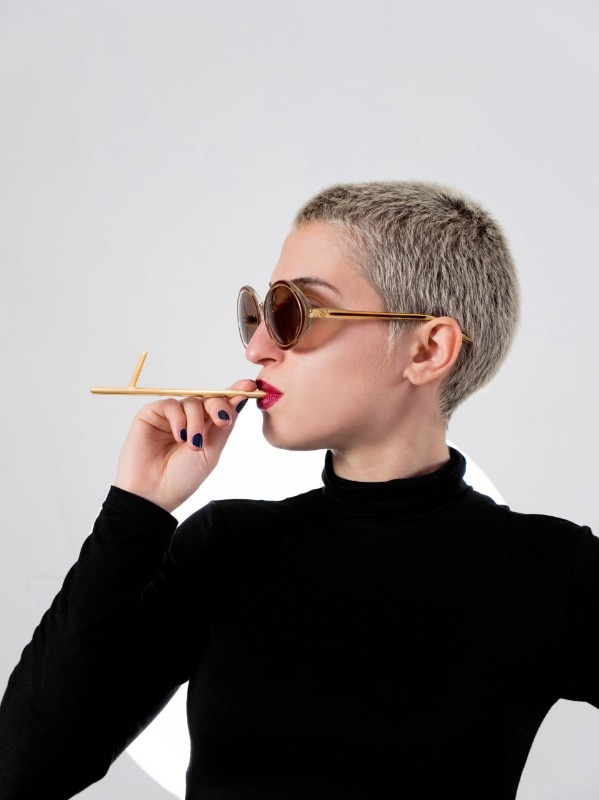
What role does irony play in your design, for example that which we see in the photographs which depict your products?
Irony is part of happiness, as it represents a spirit of lightness, a play on situations. However, I do not believe that our work is actually that ironic. I truly believe in what we do, I love these moments of happiness, and we are sincerely delighted to work together. It is our aim.


